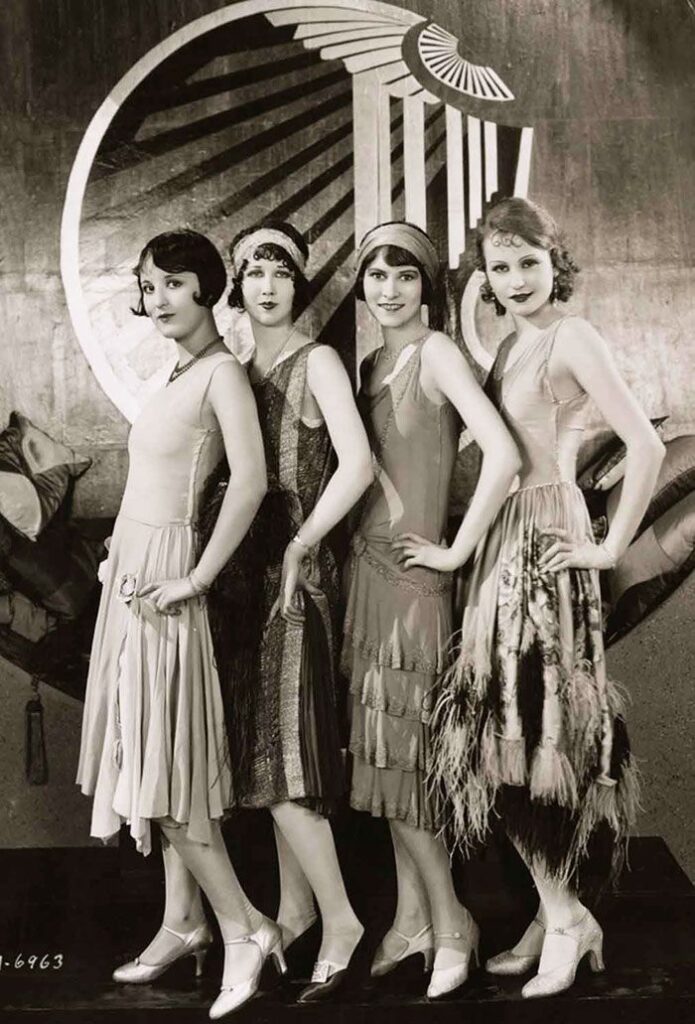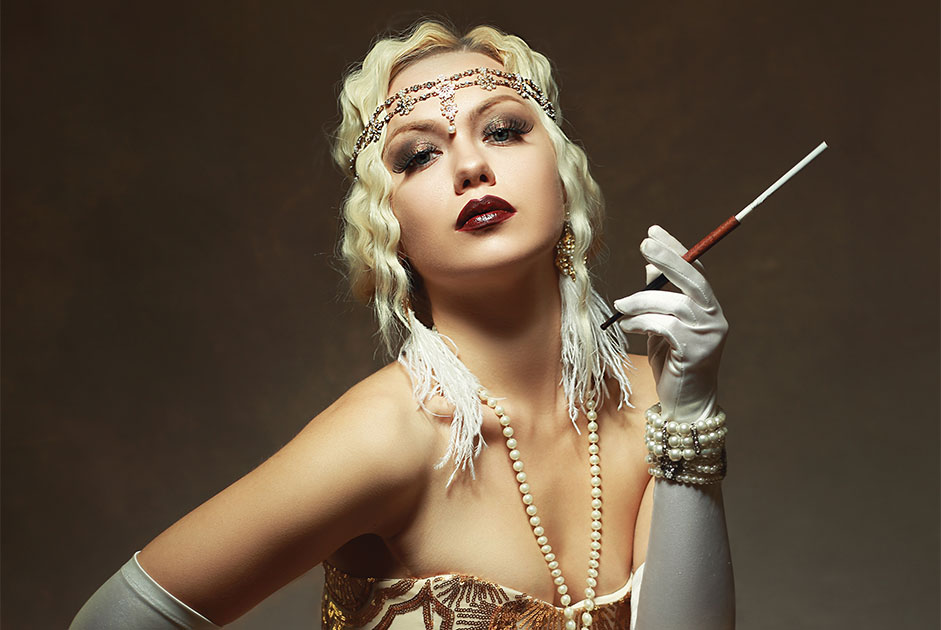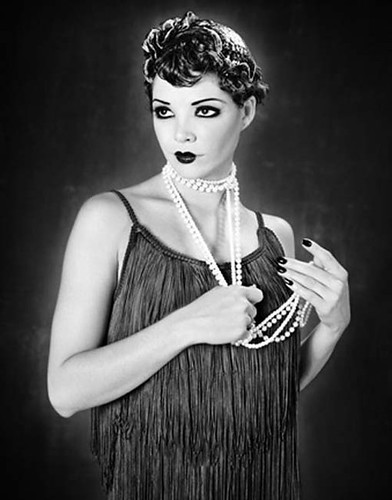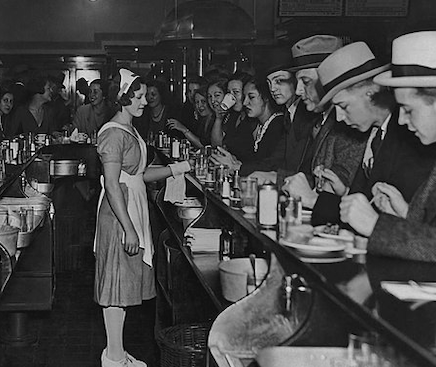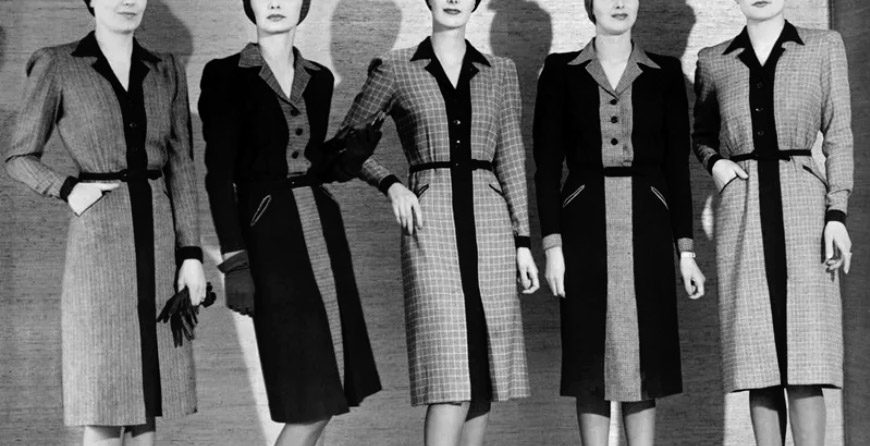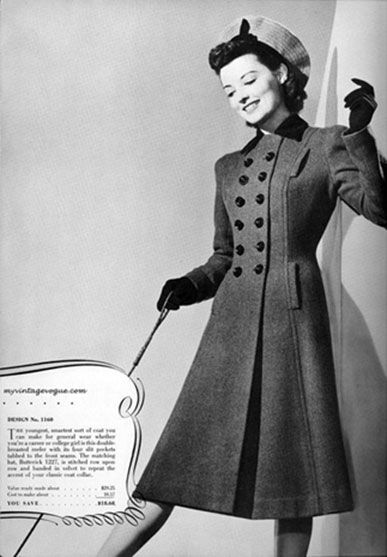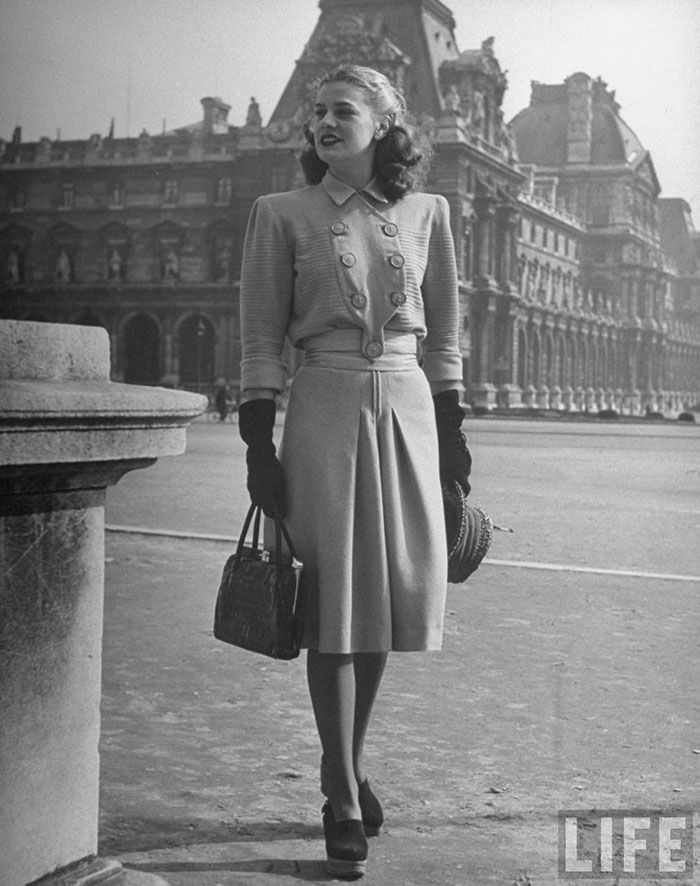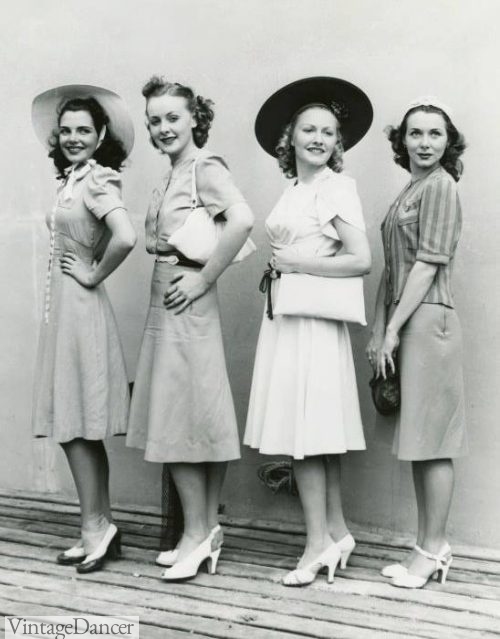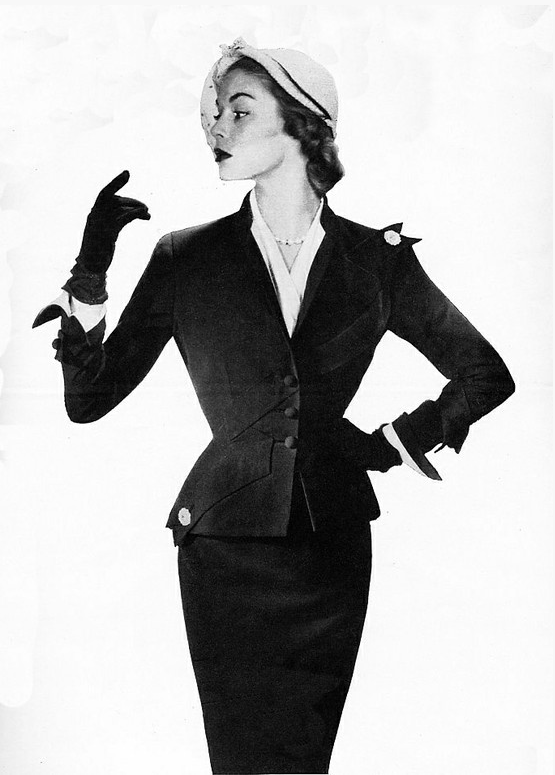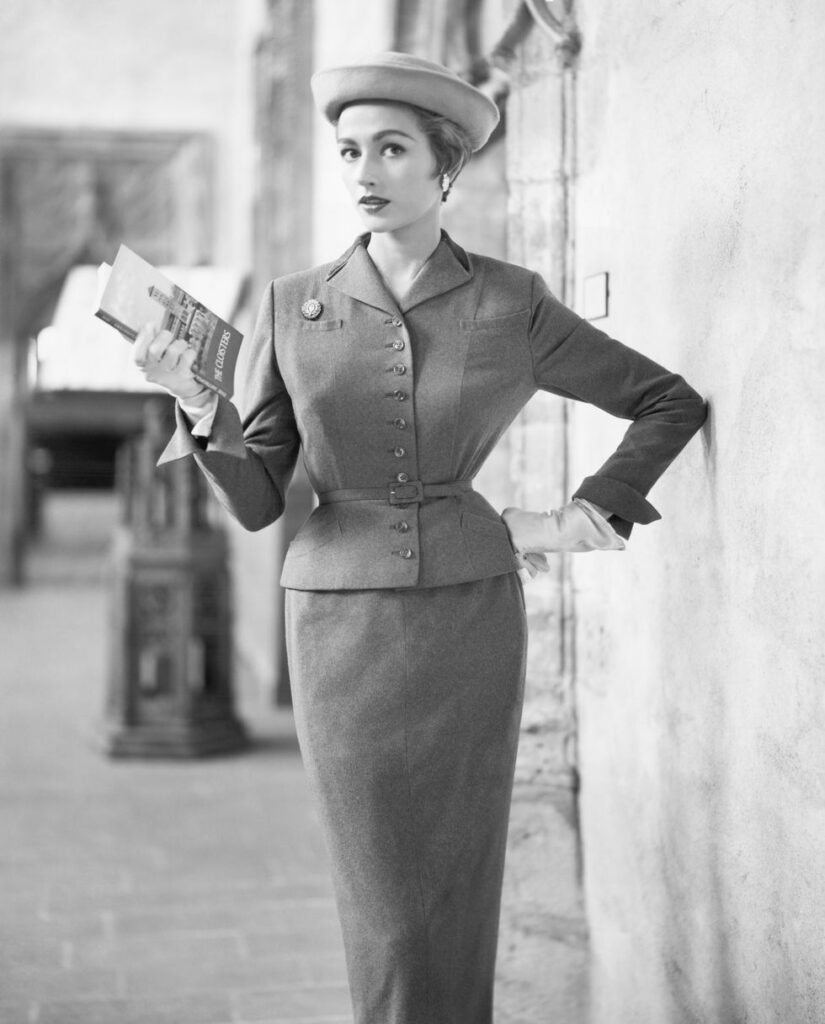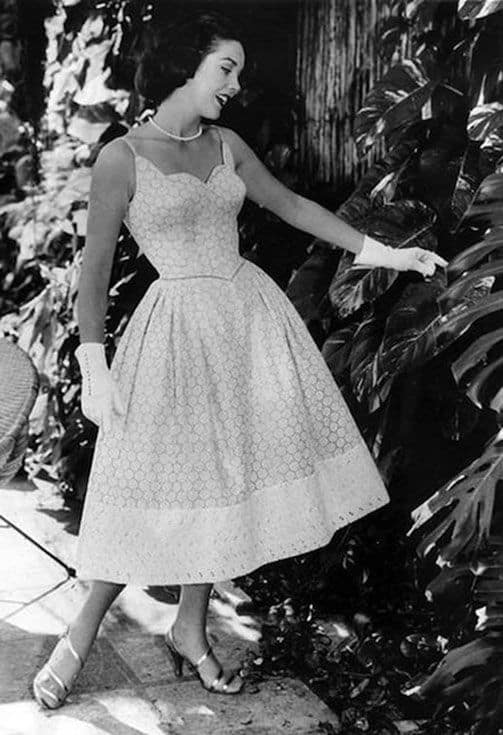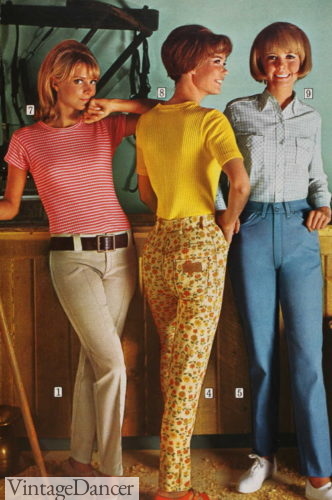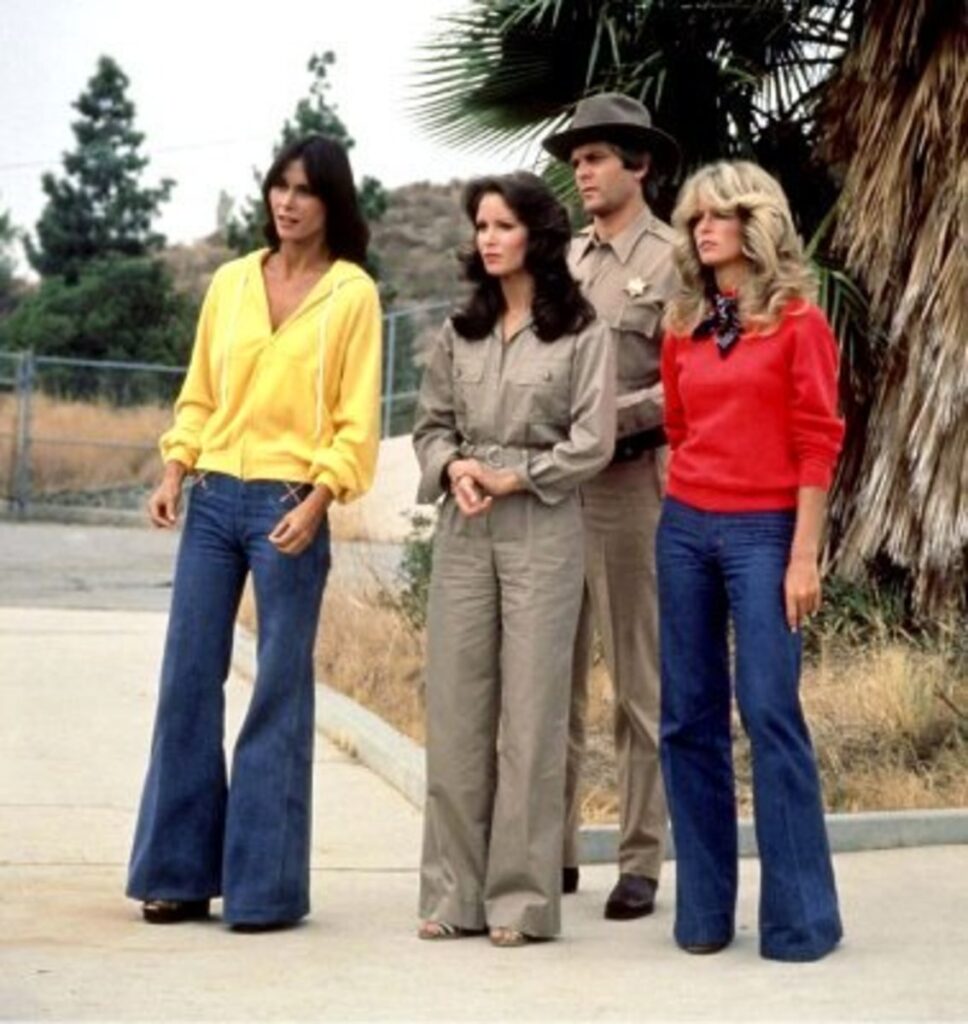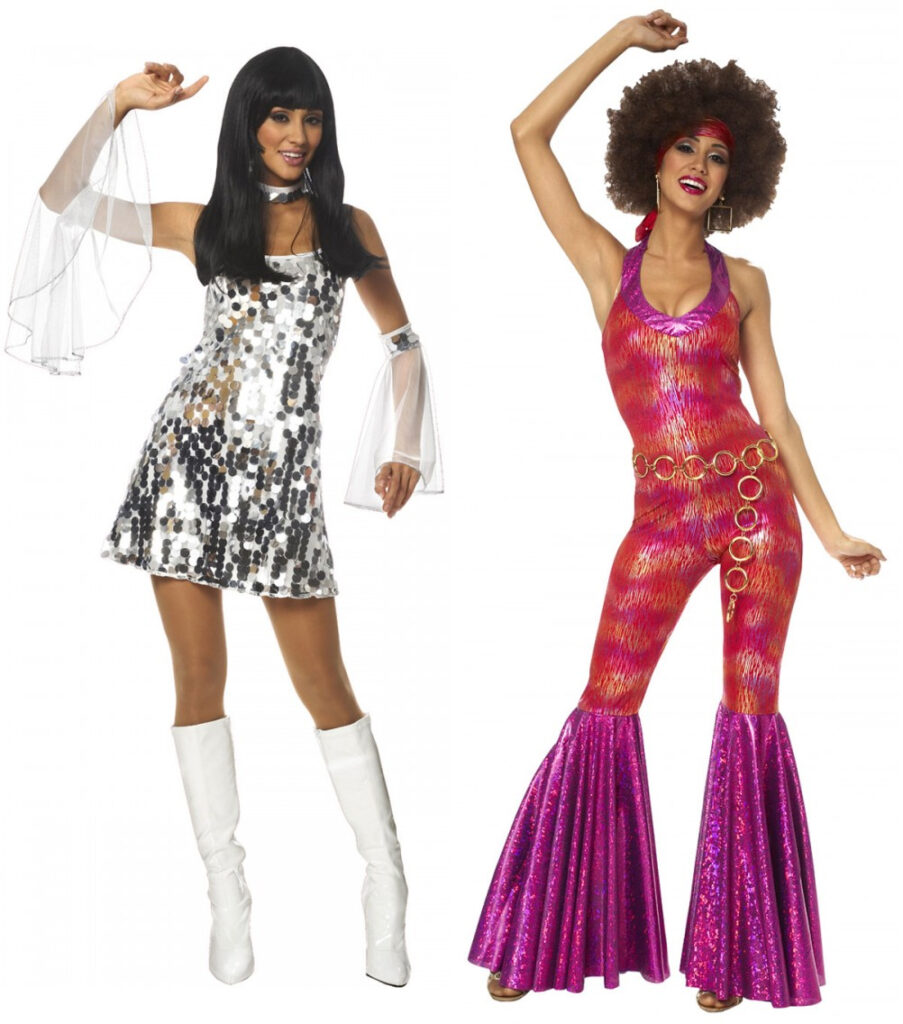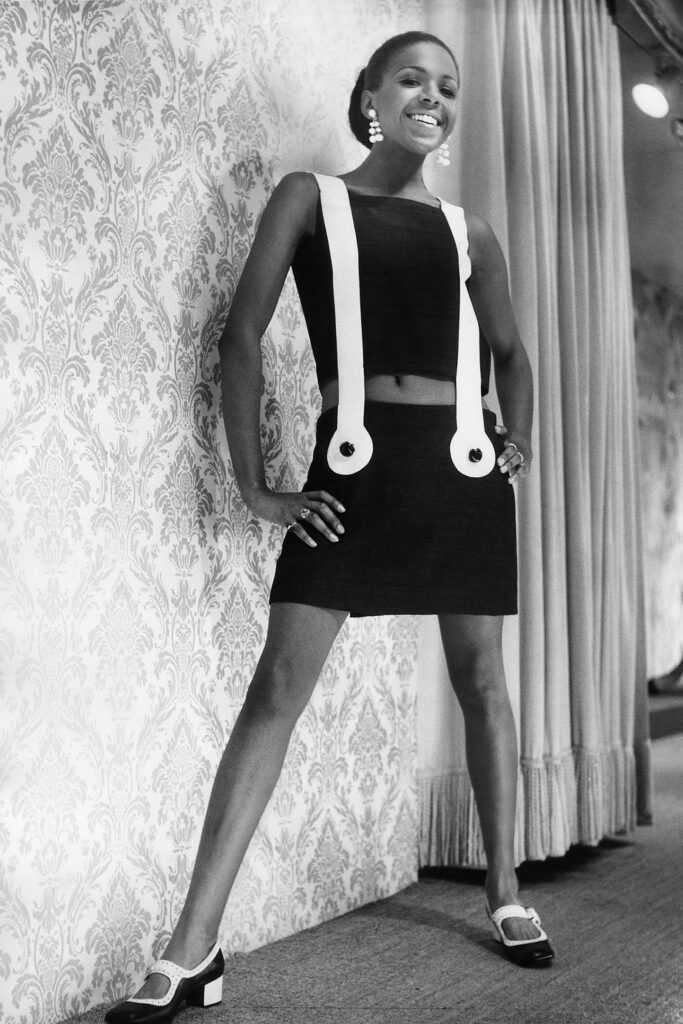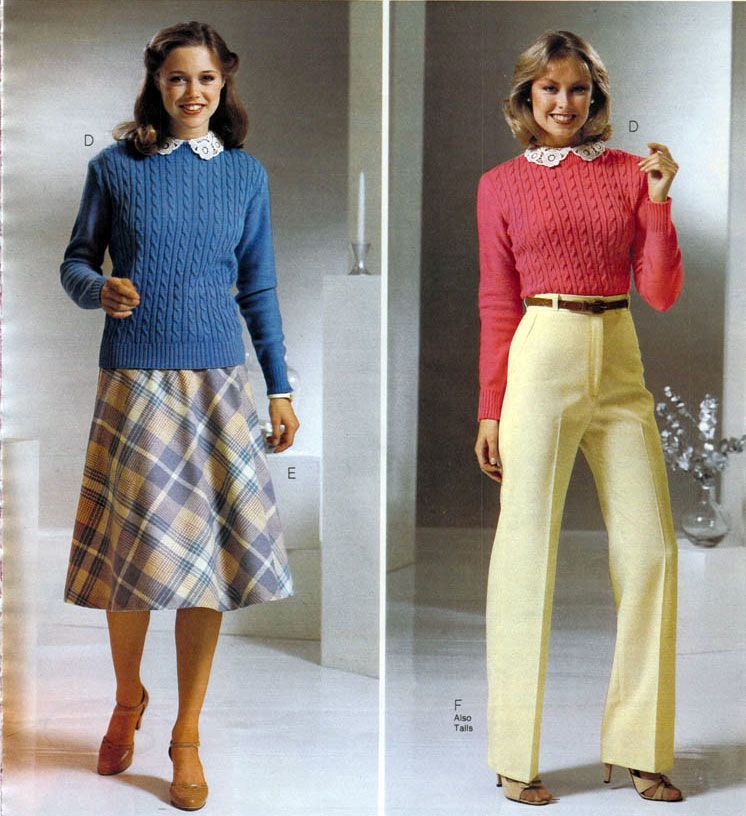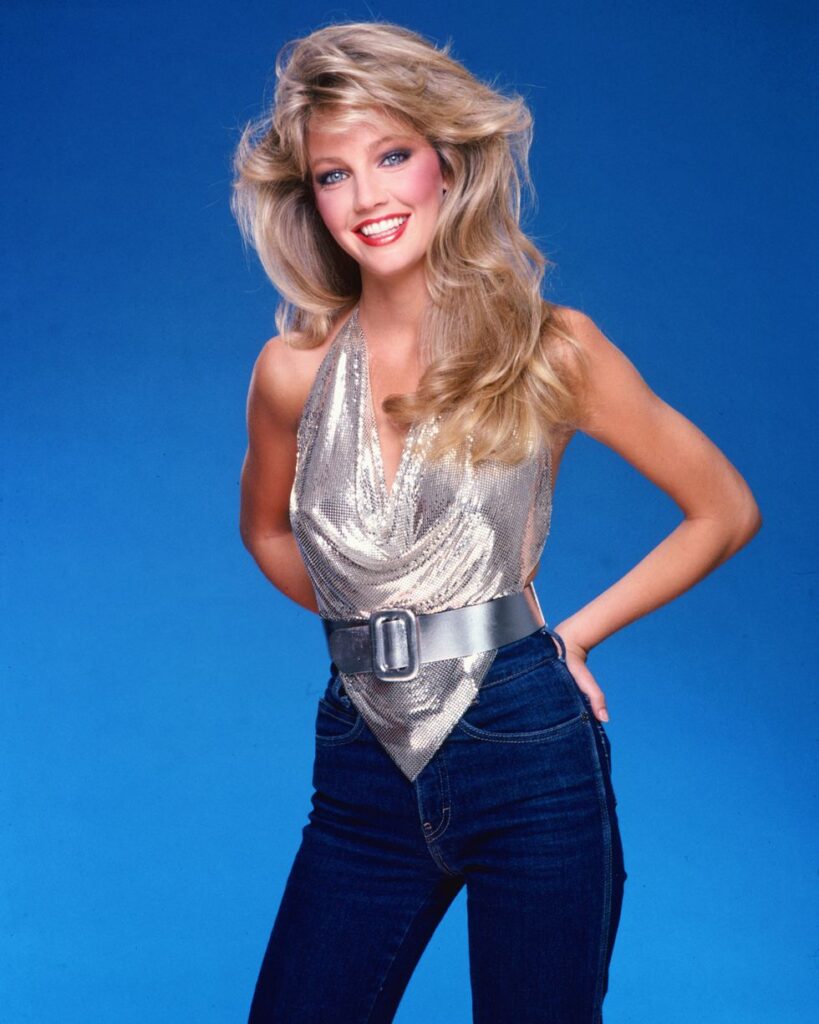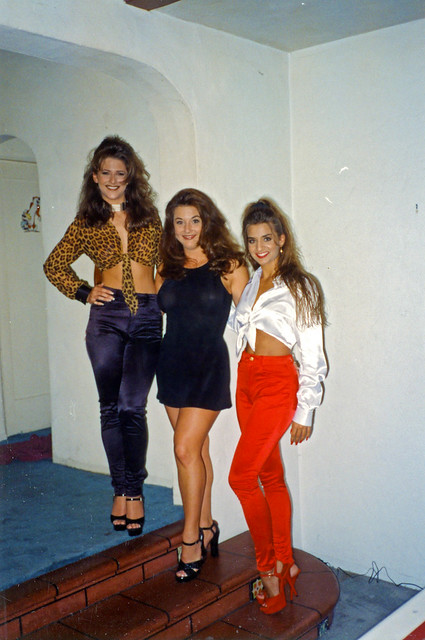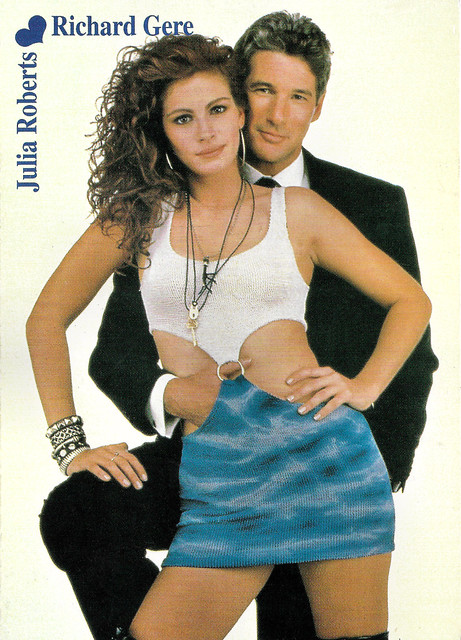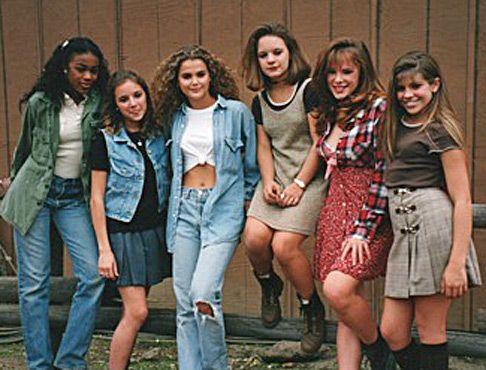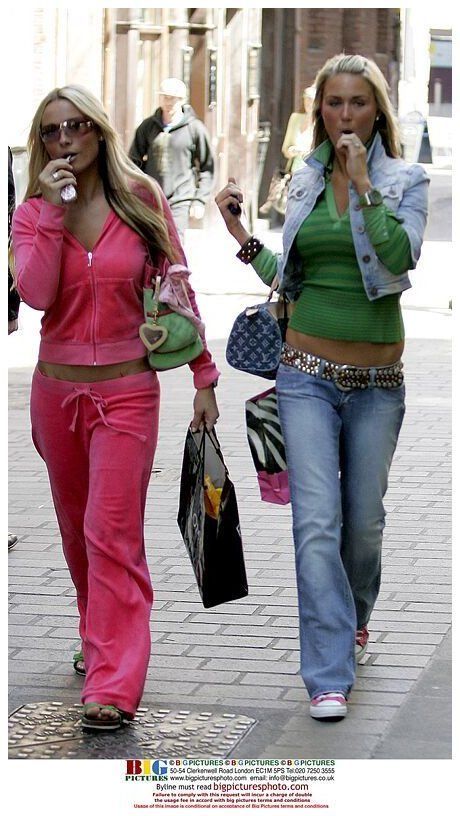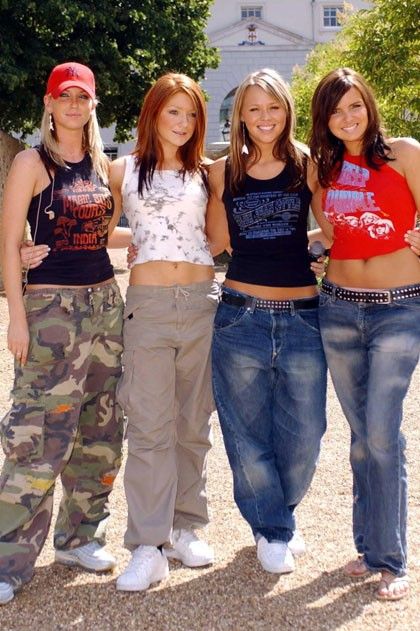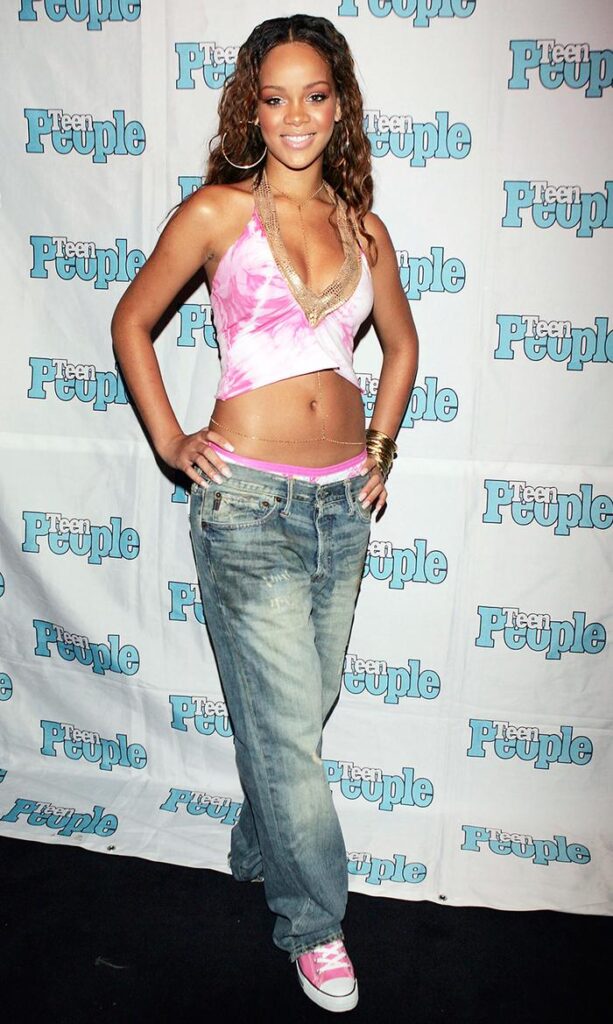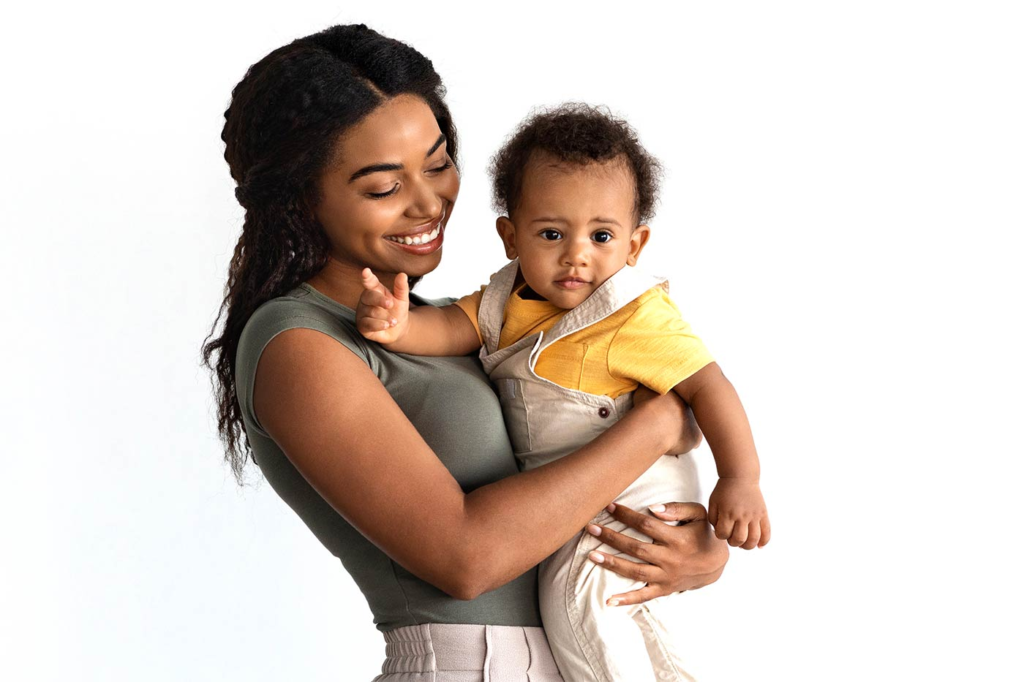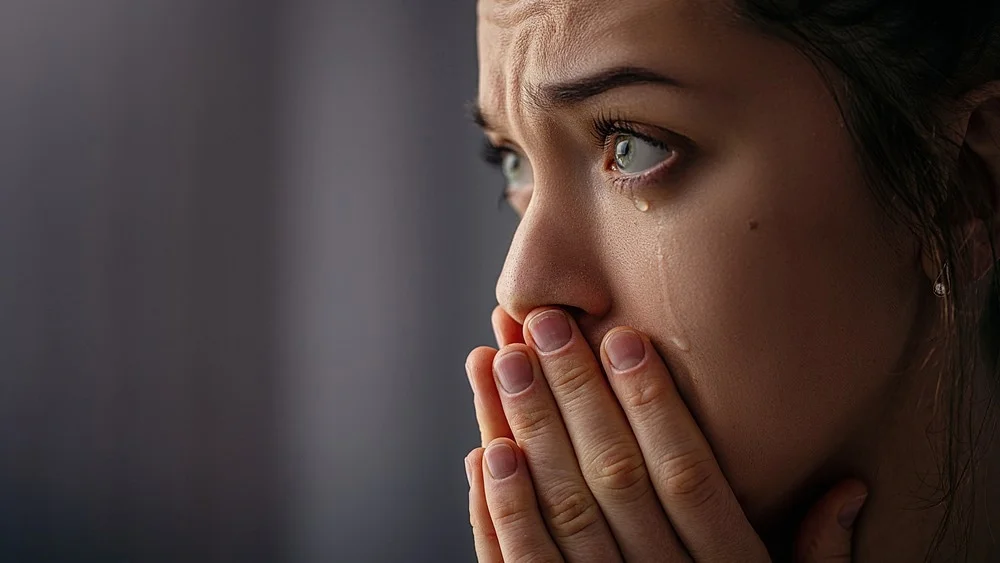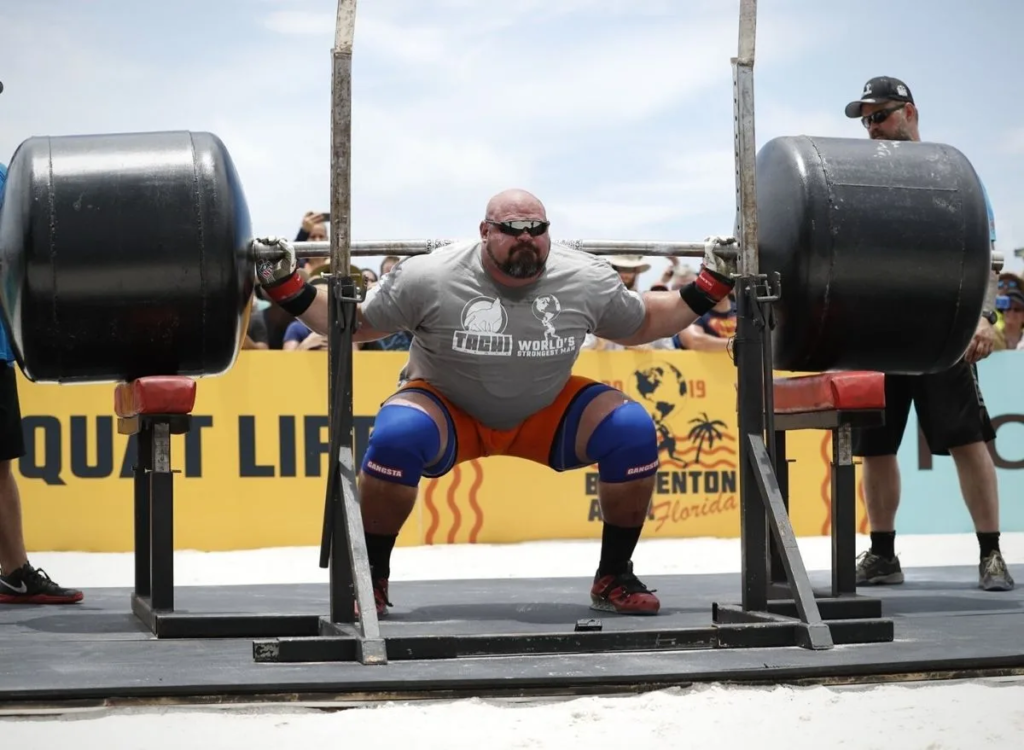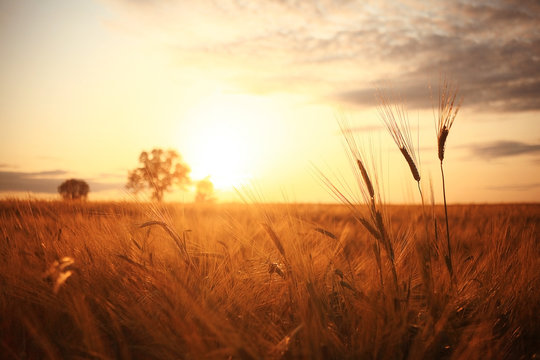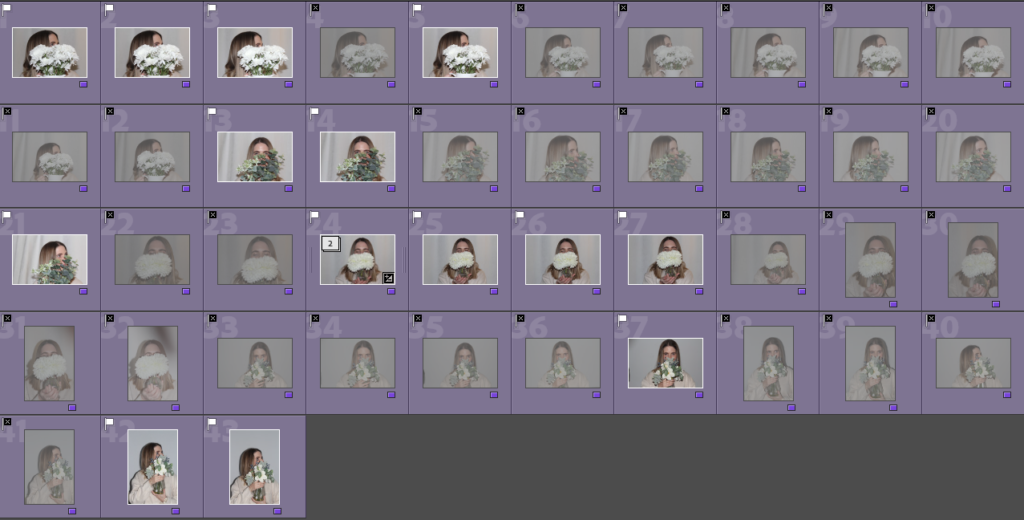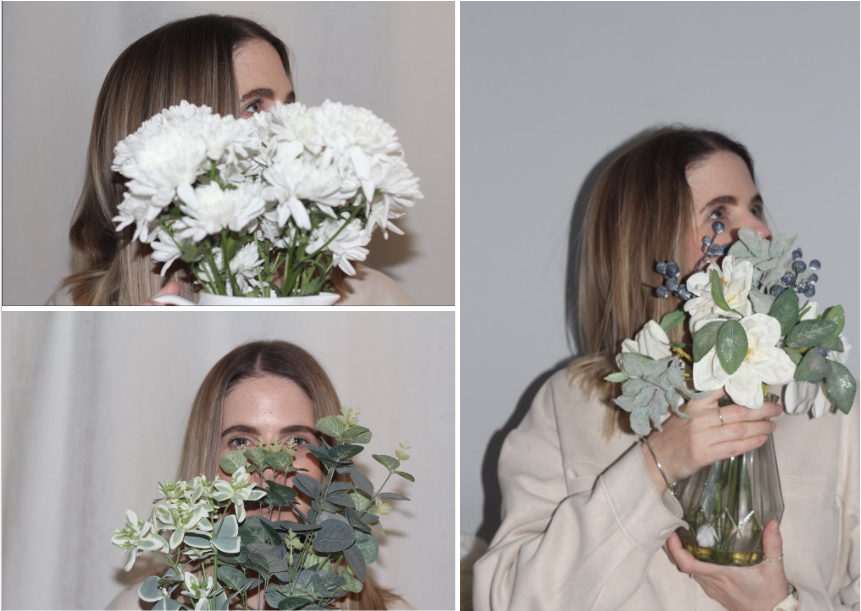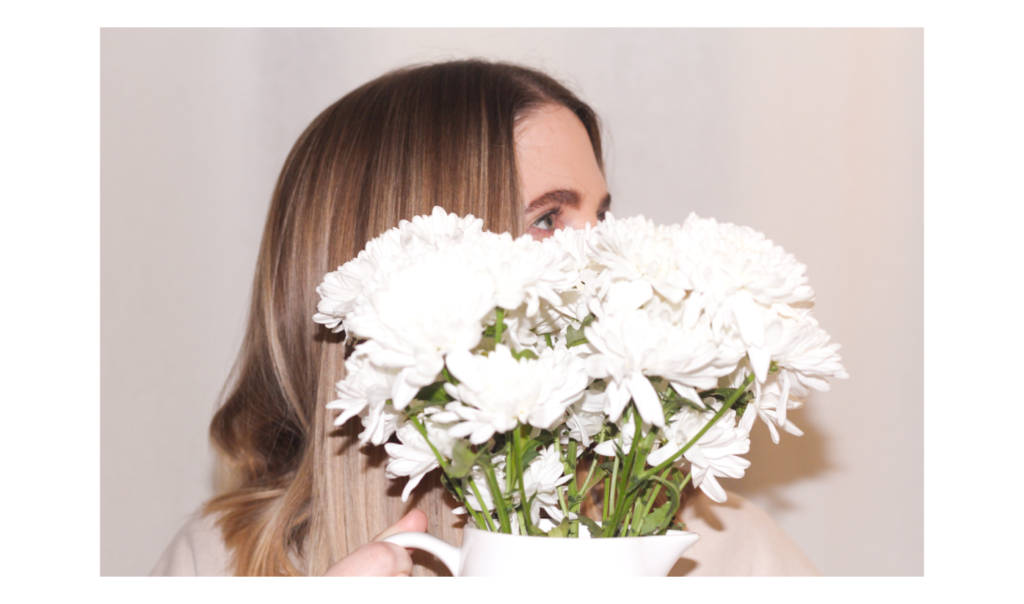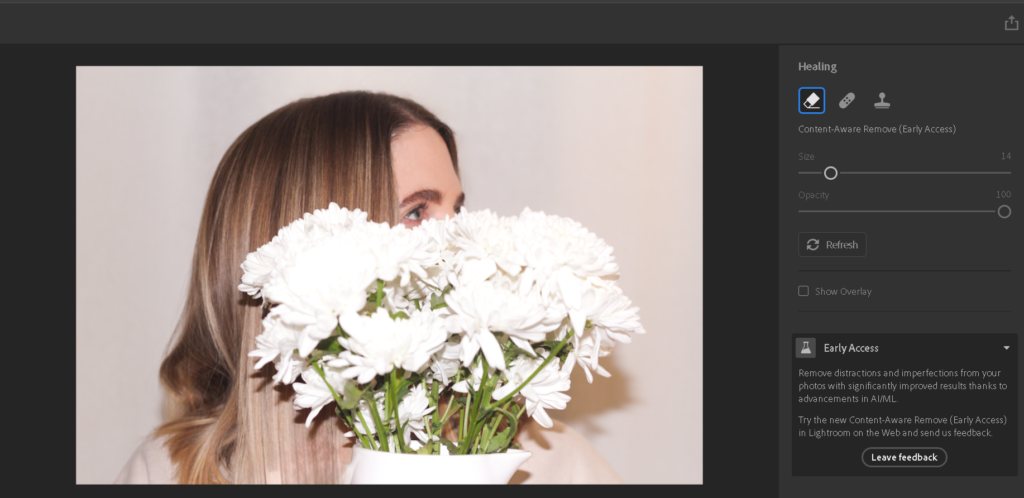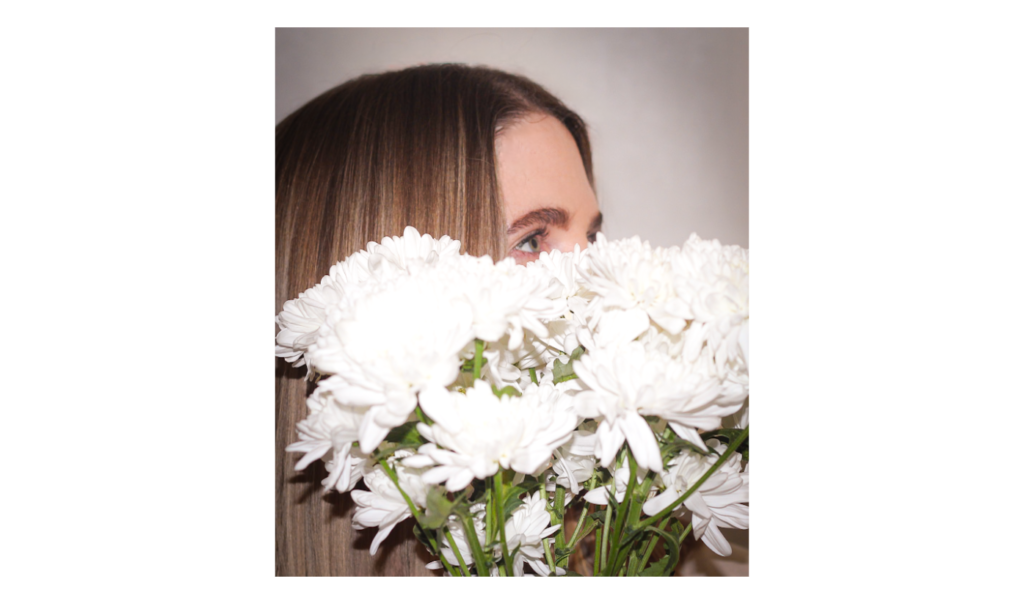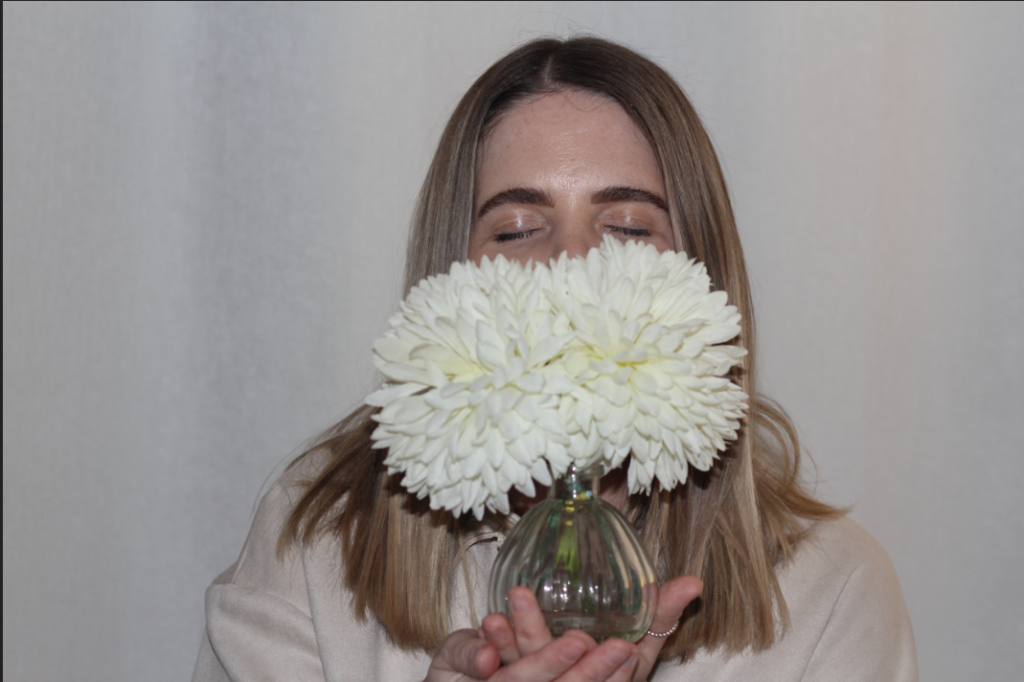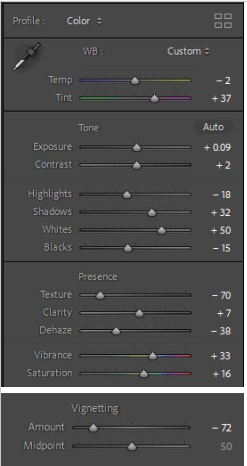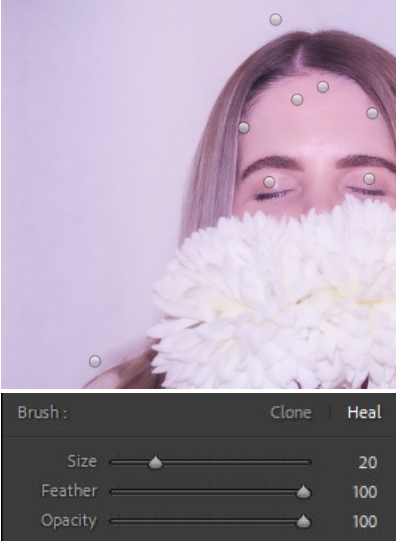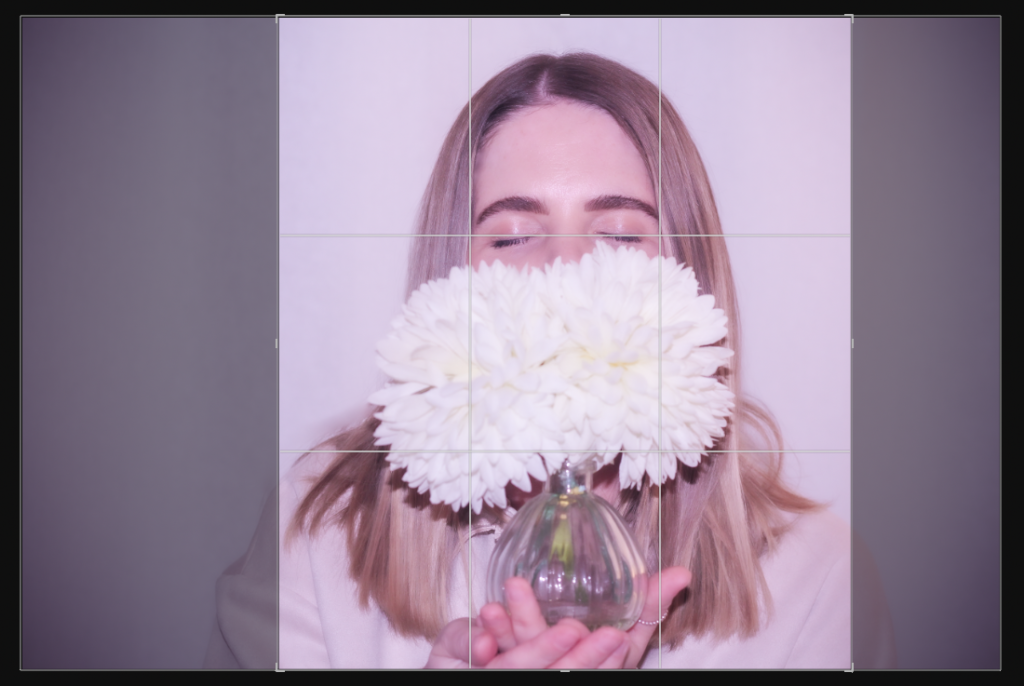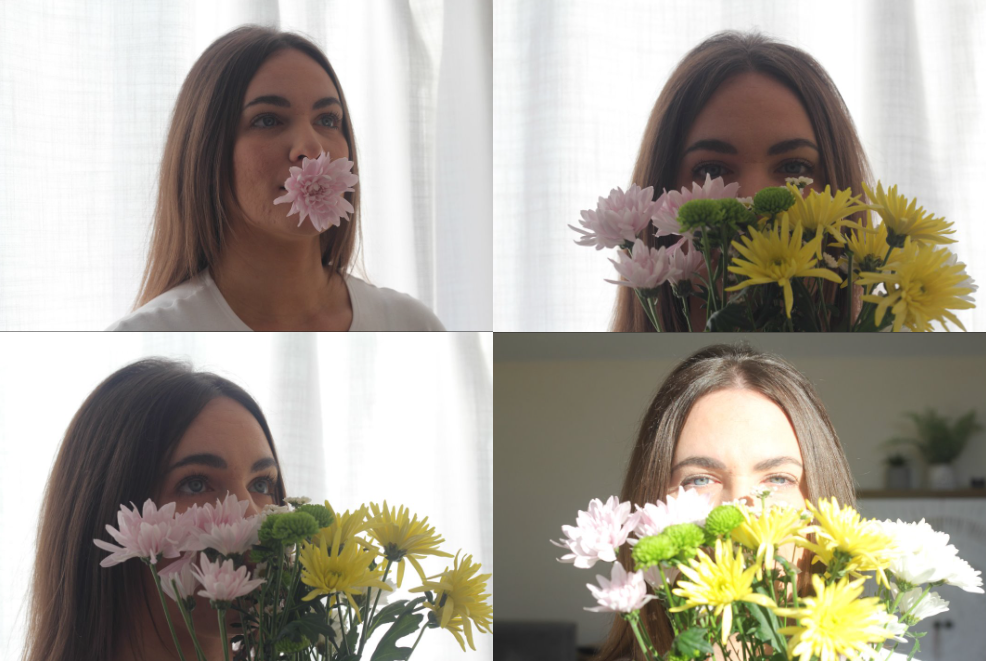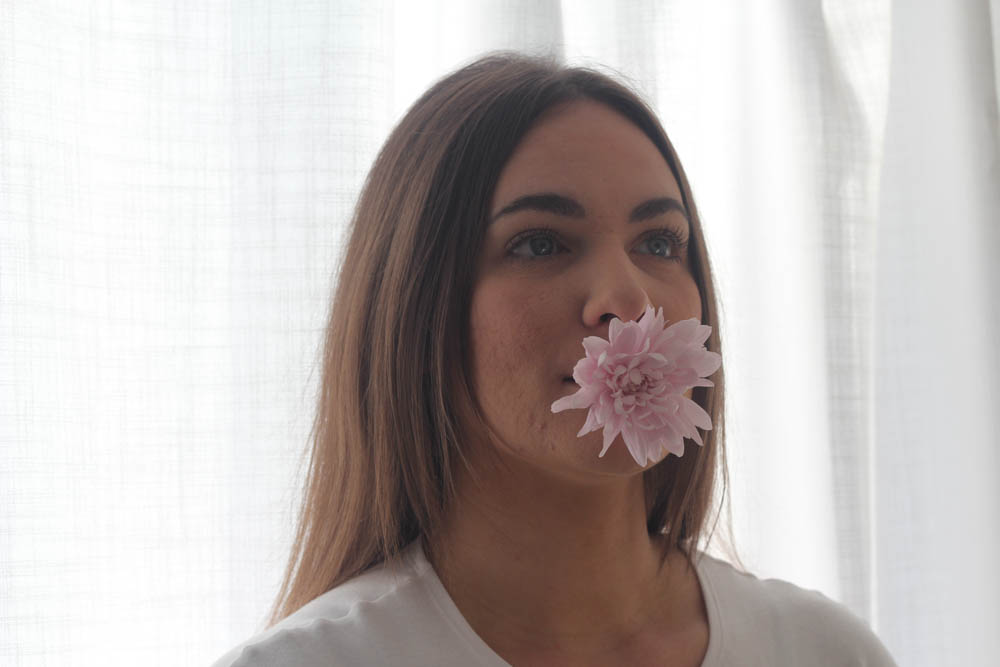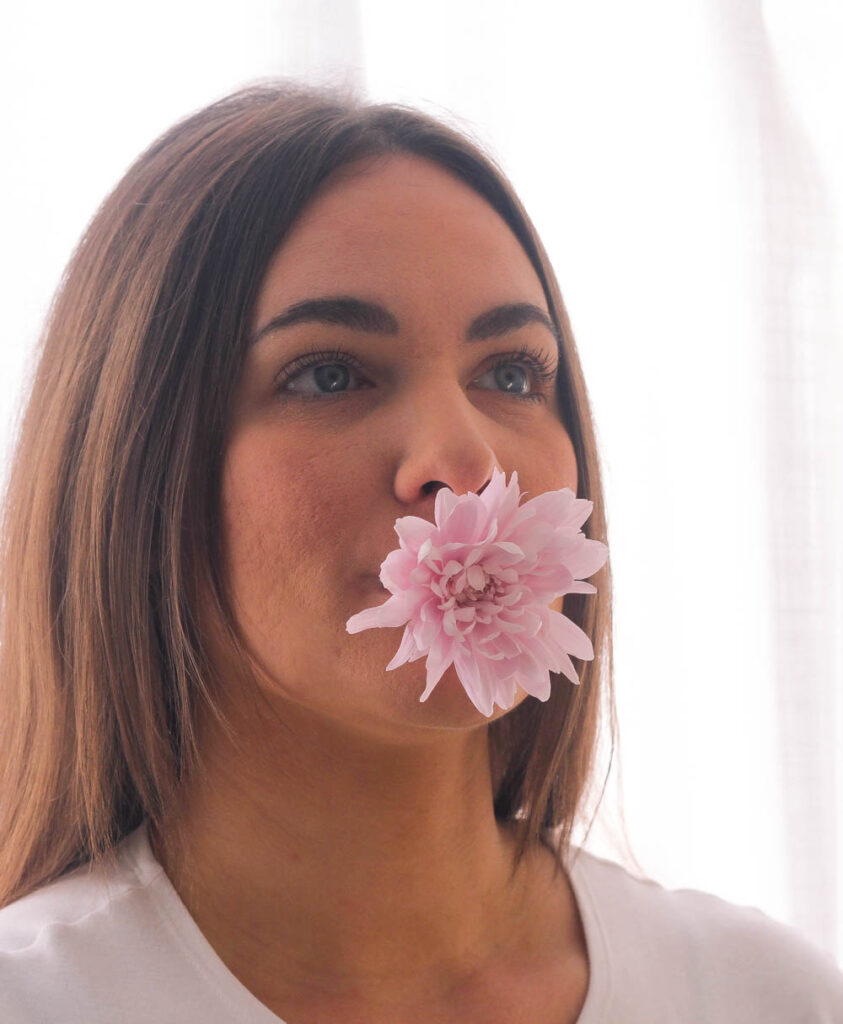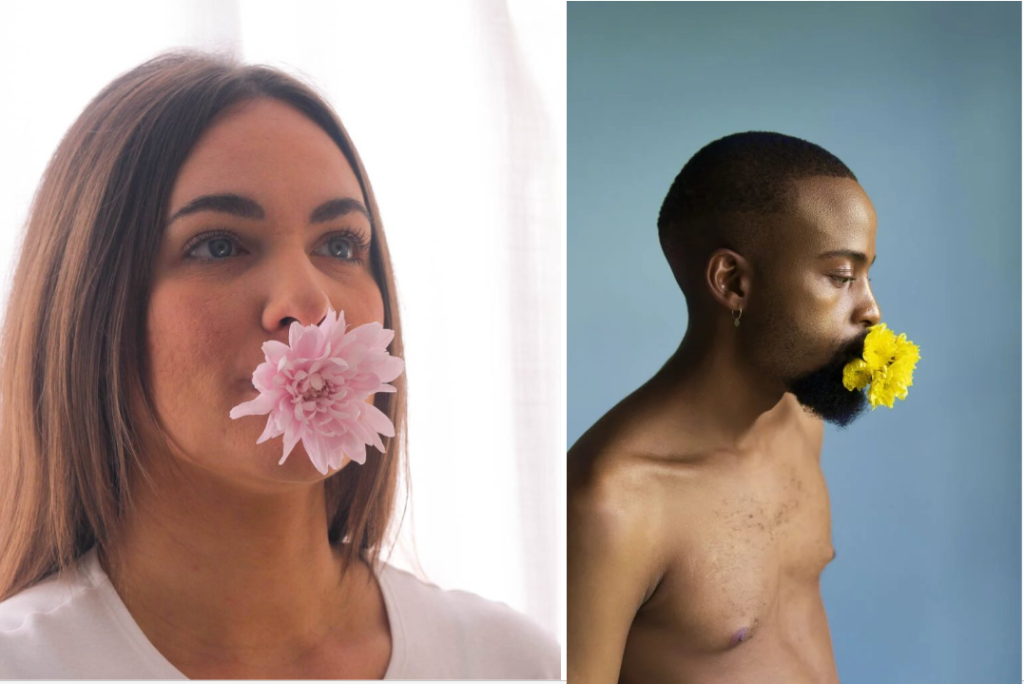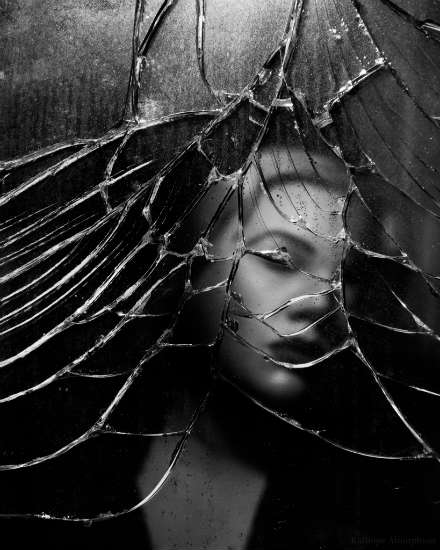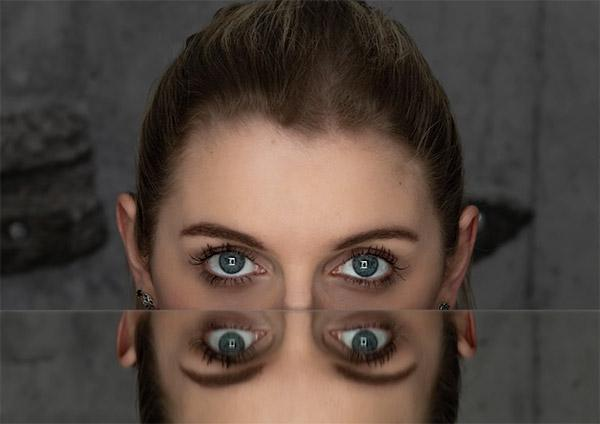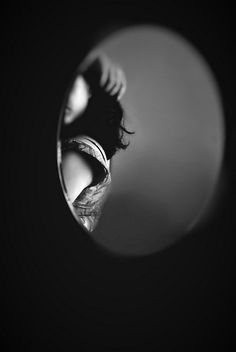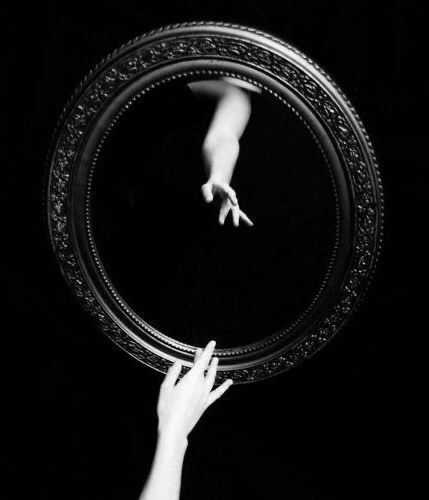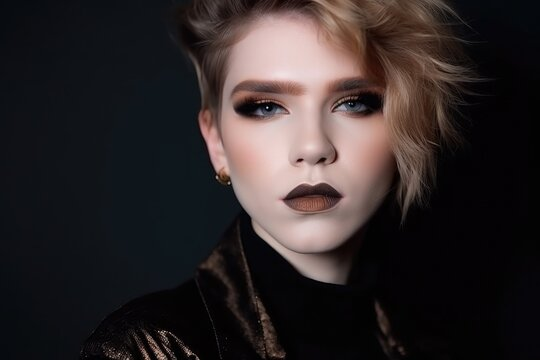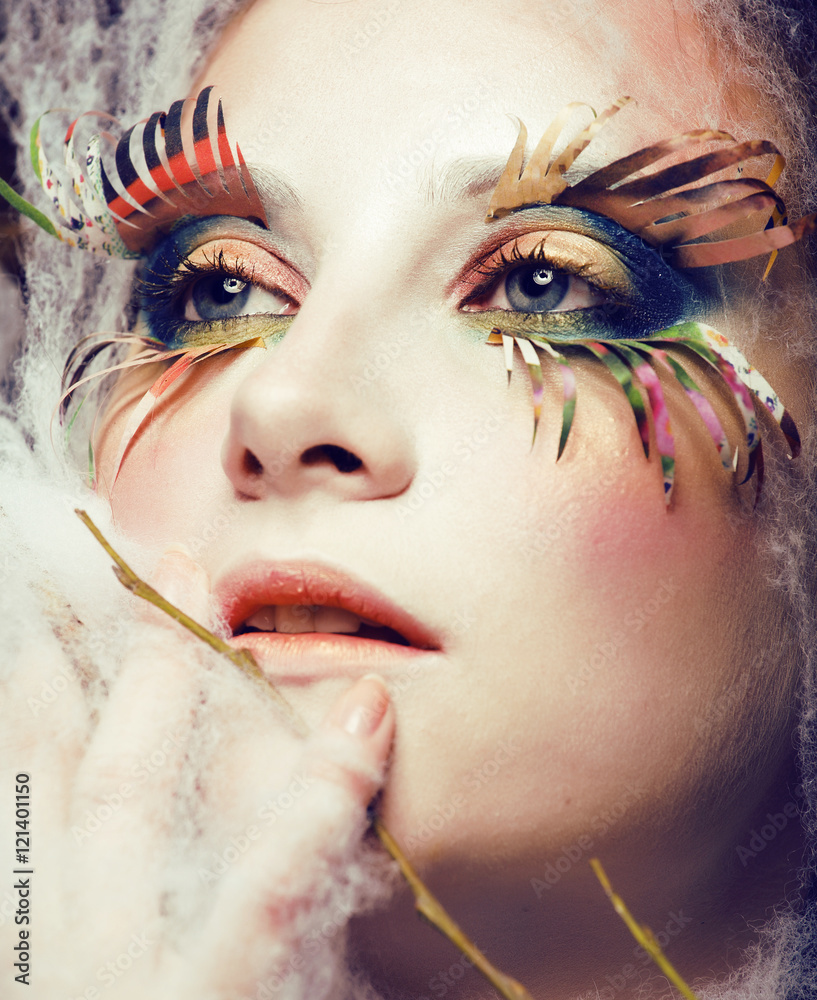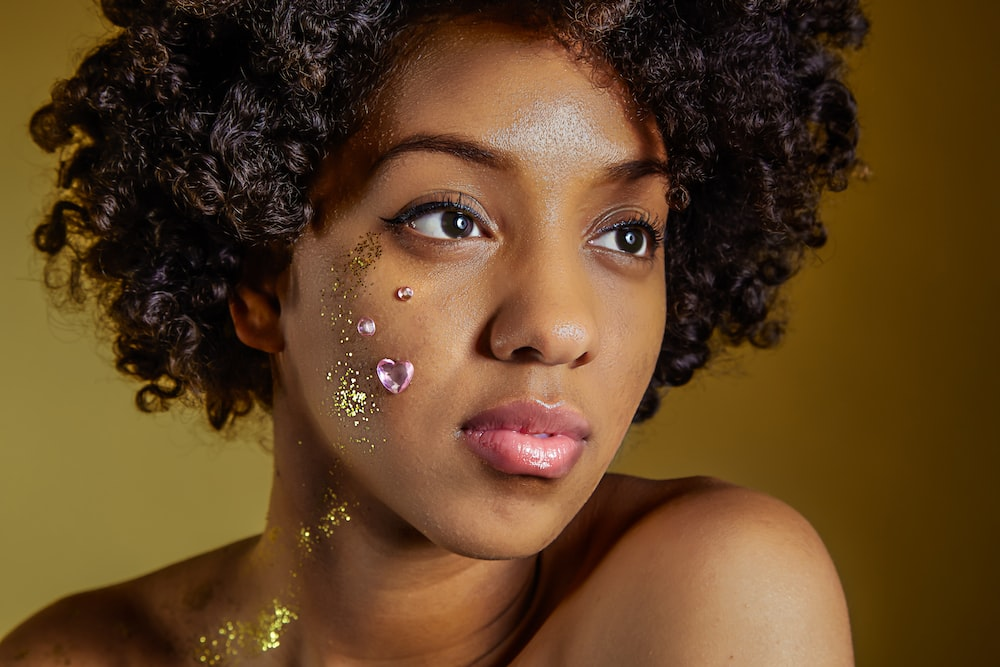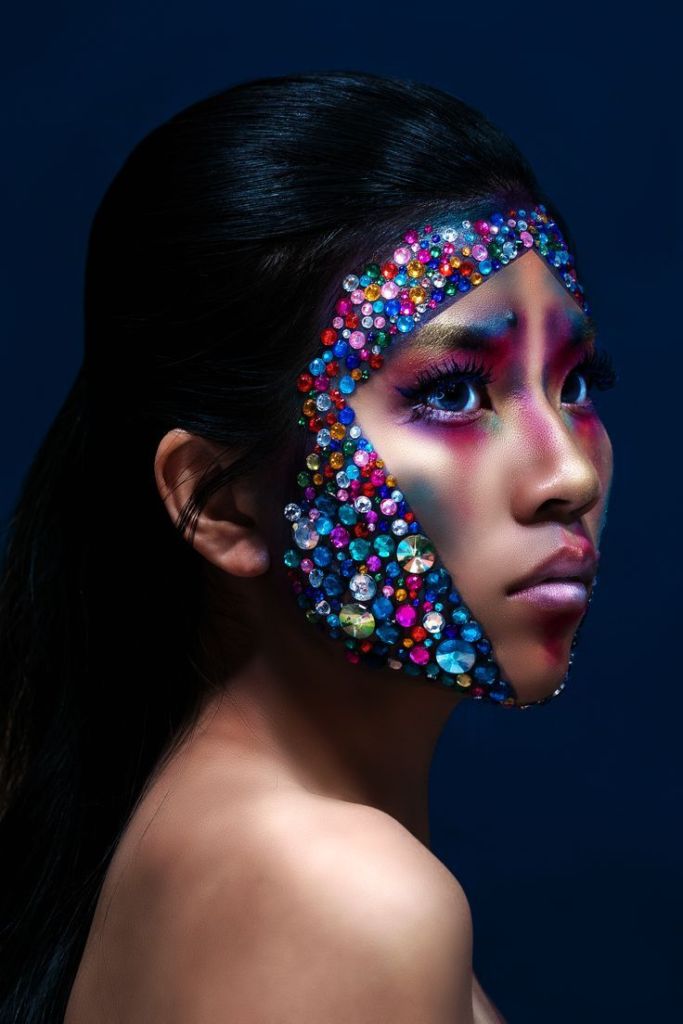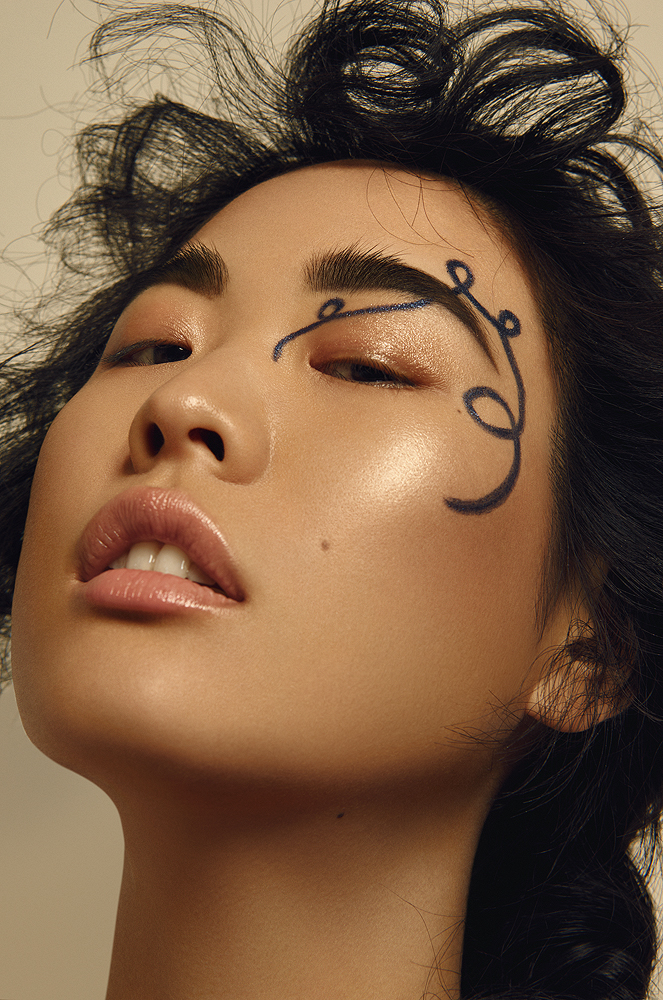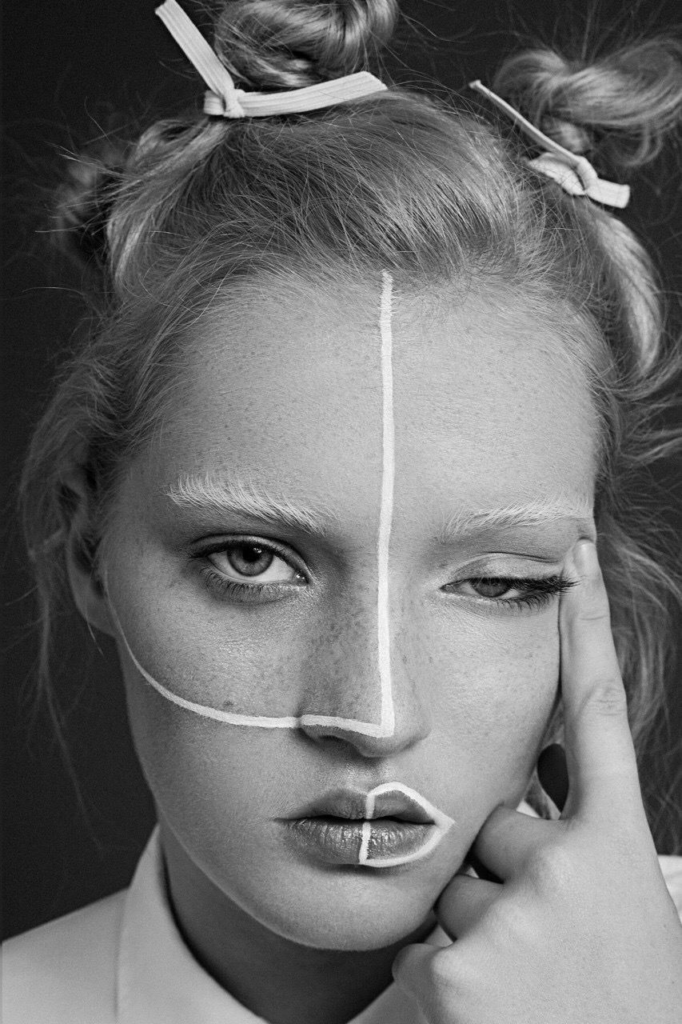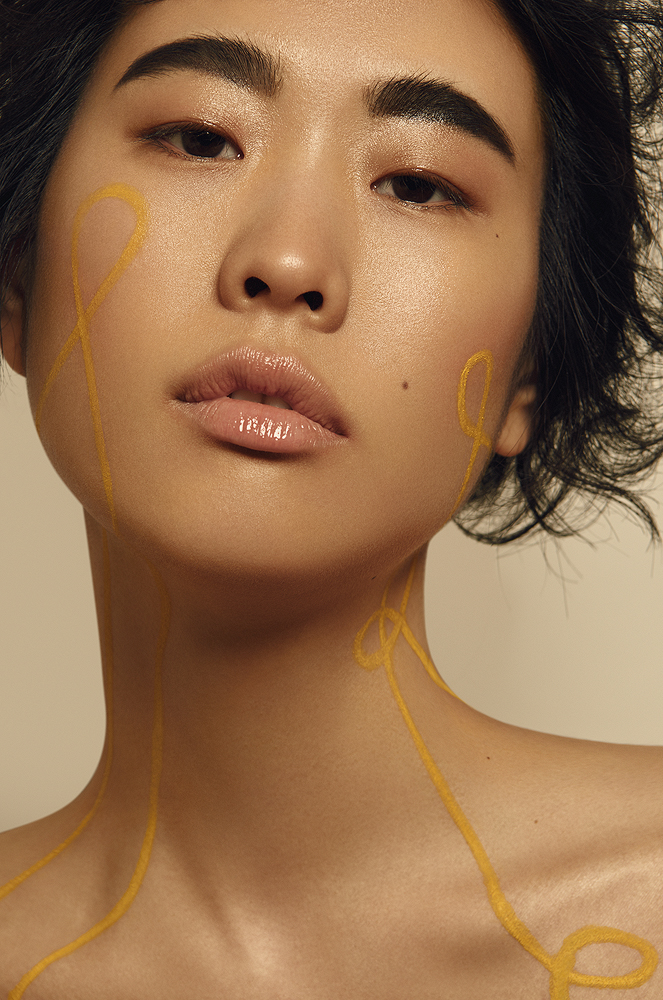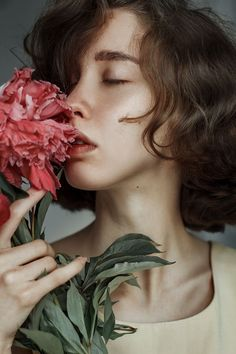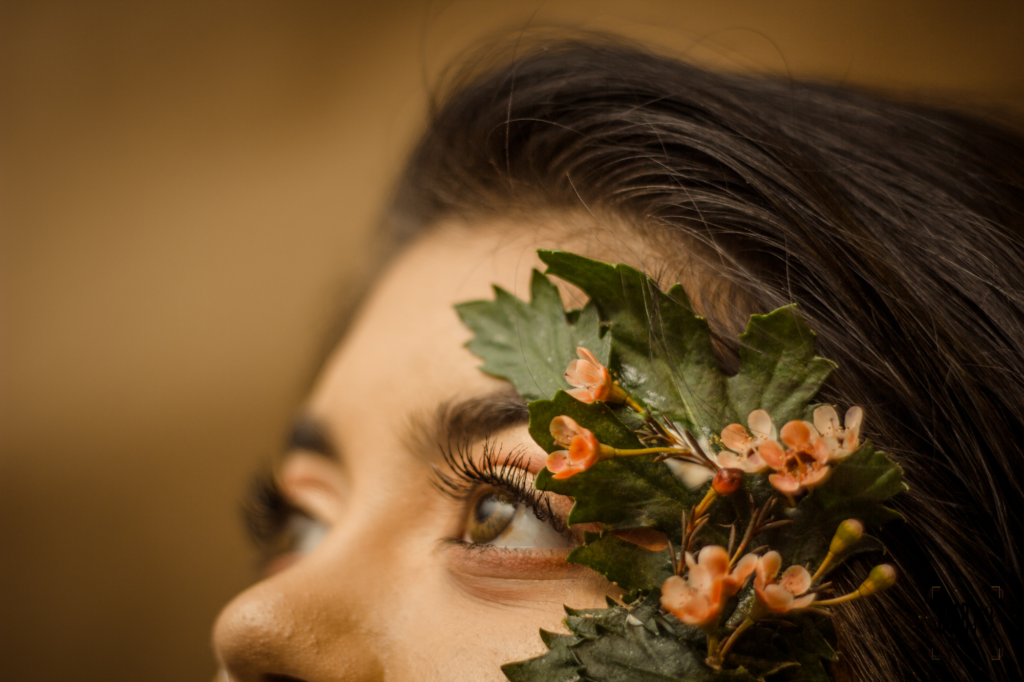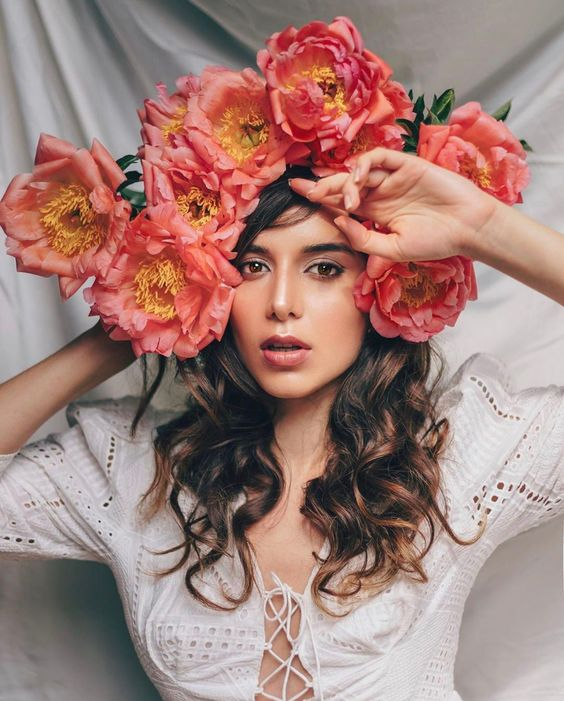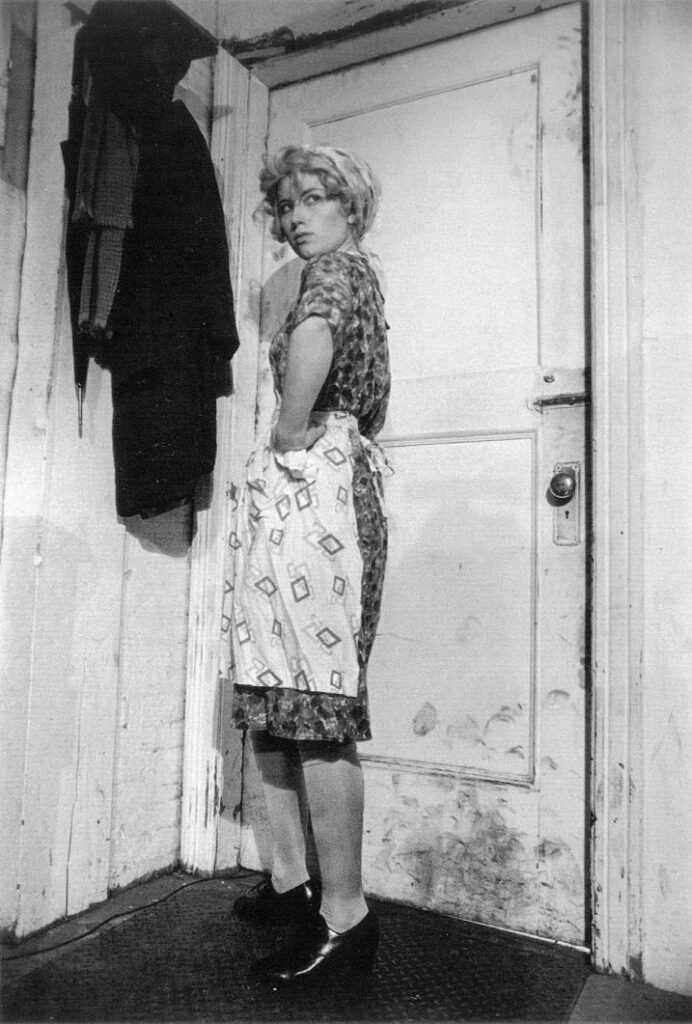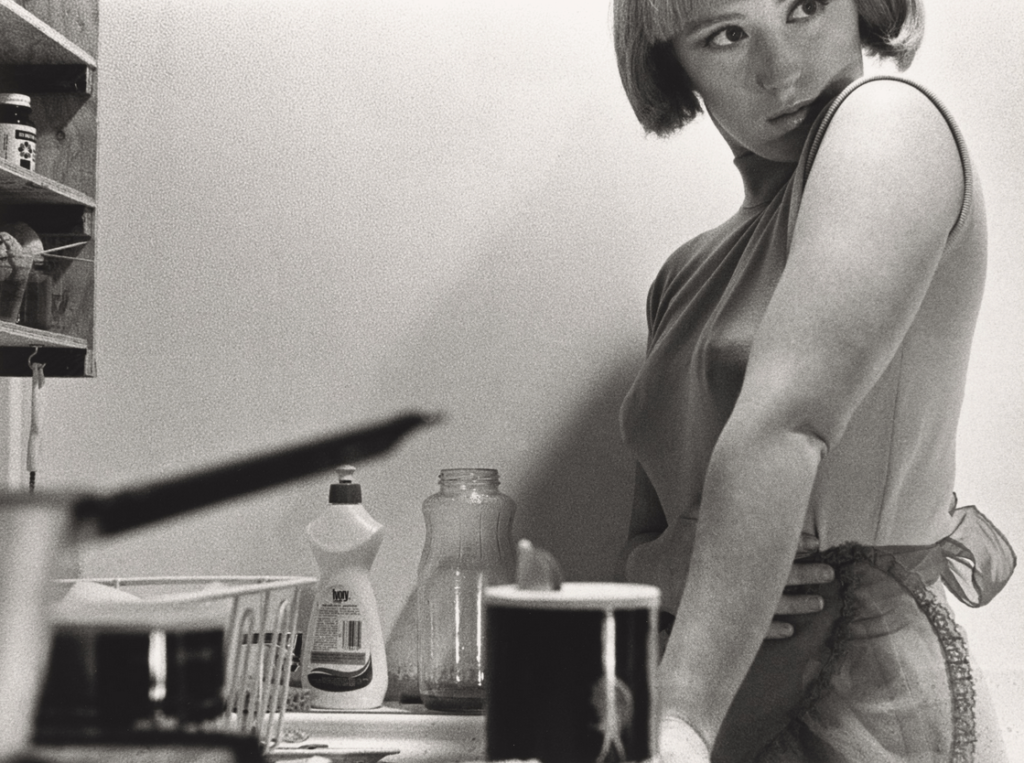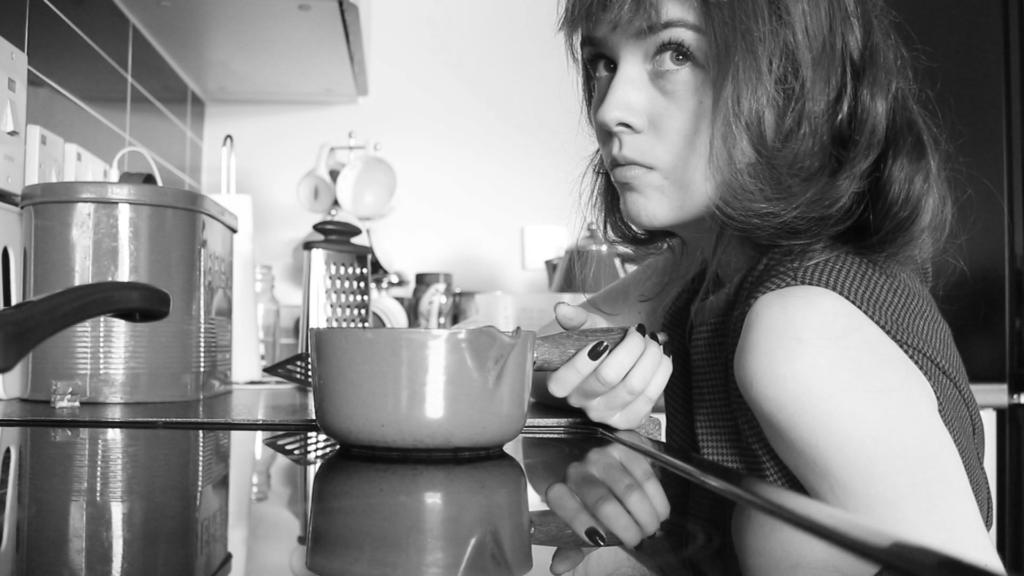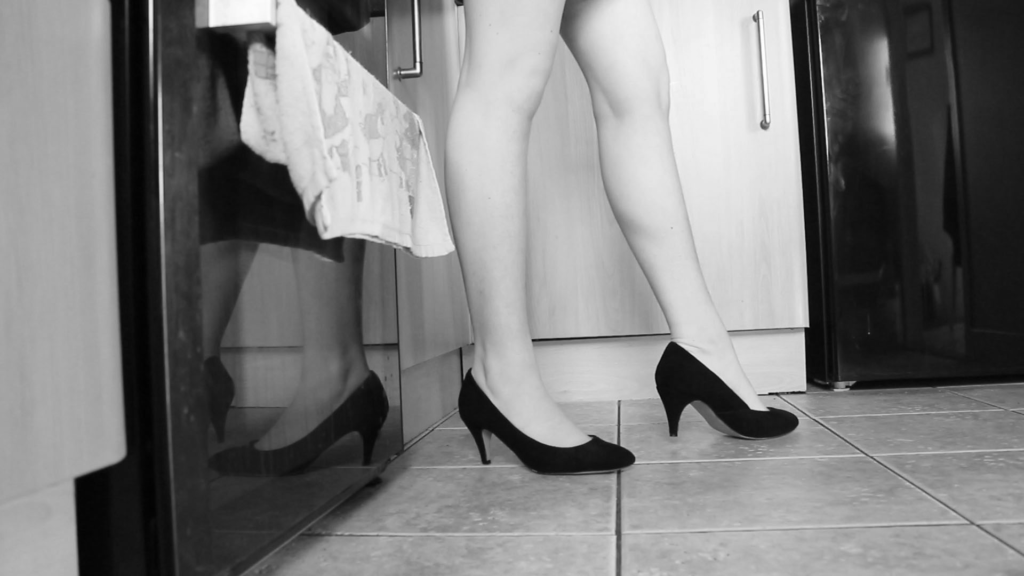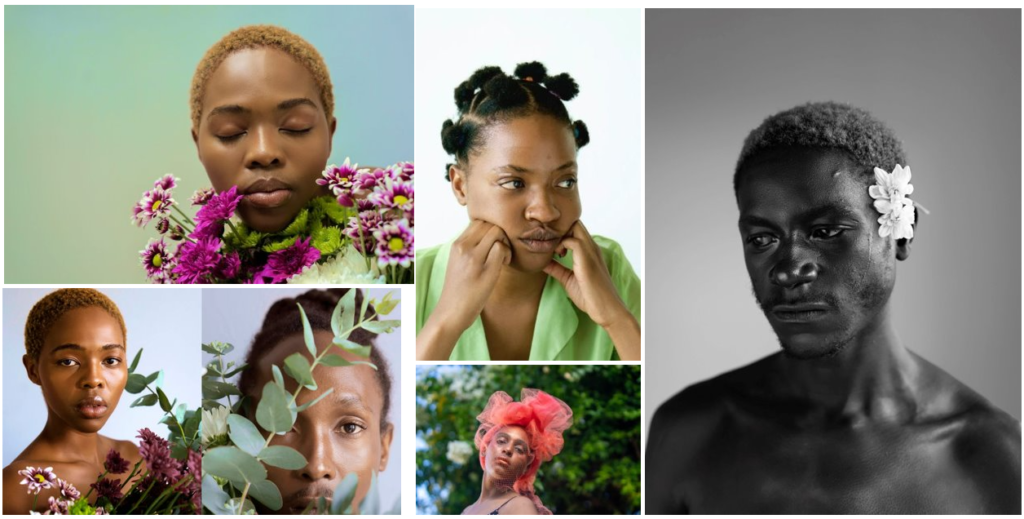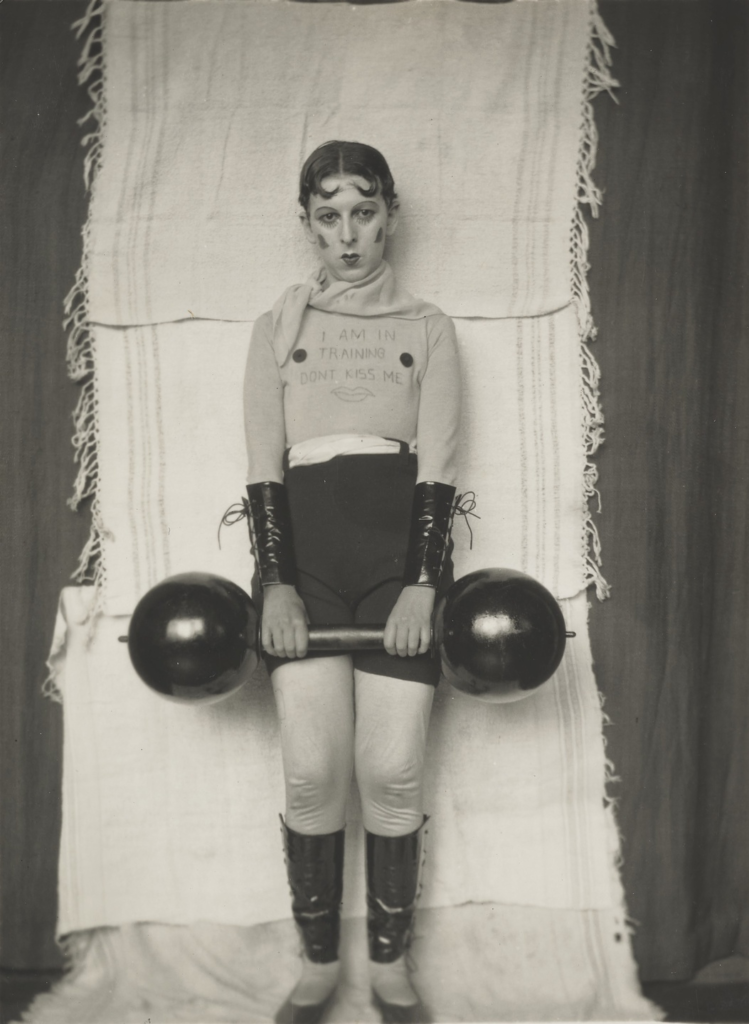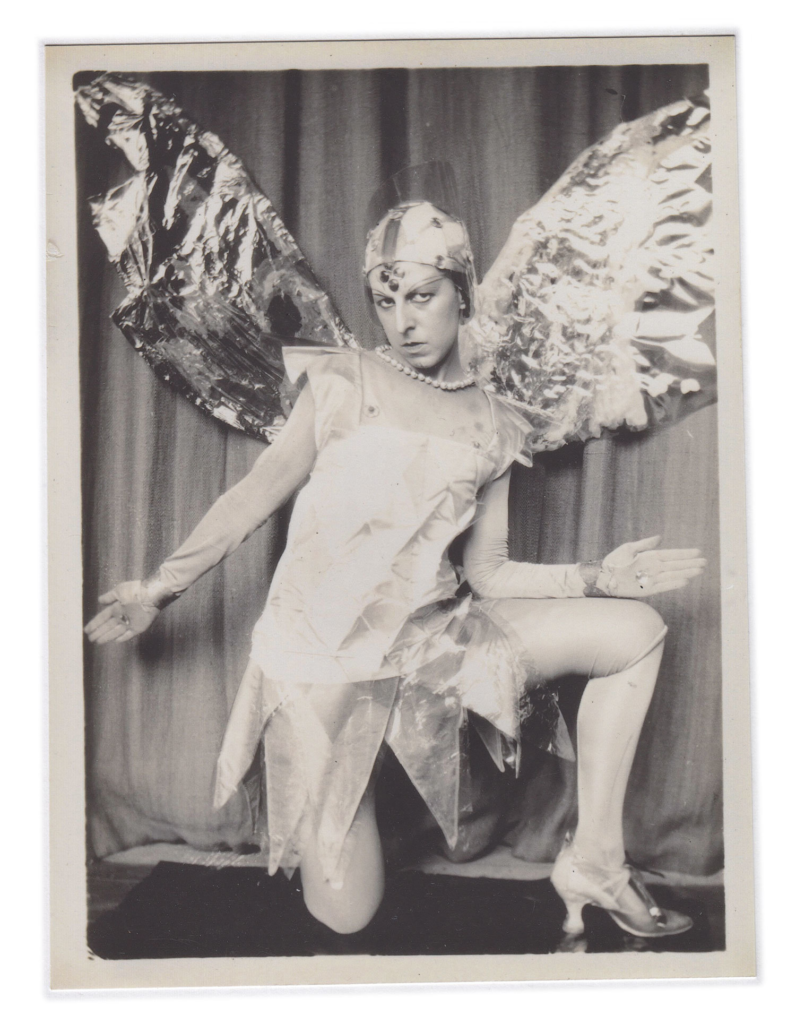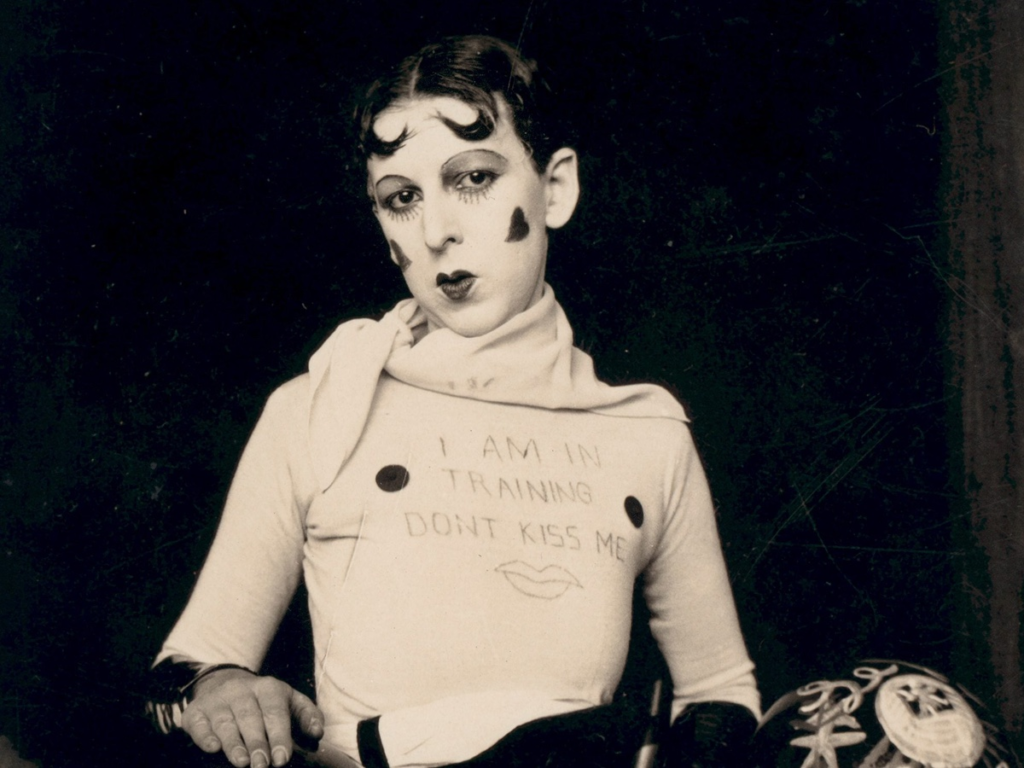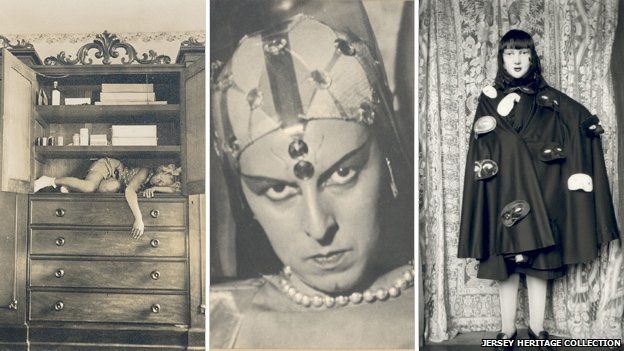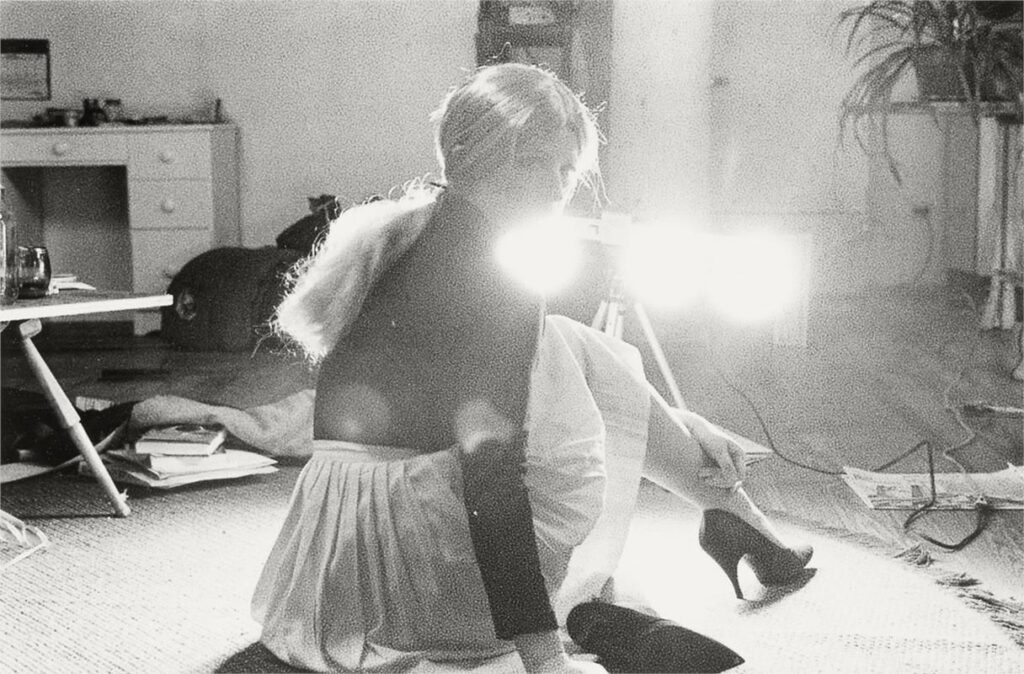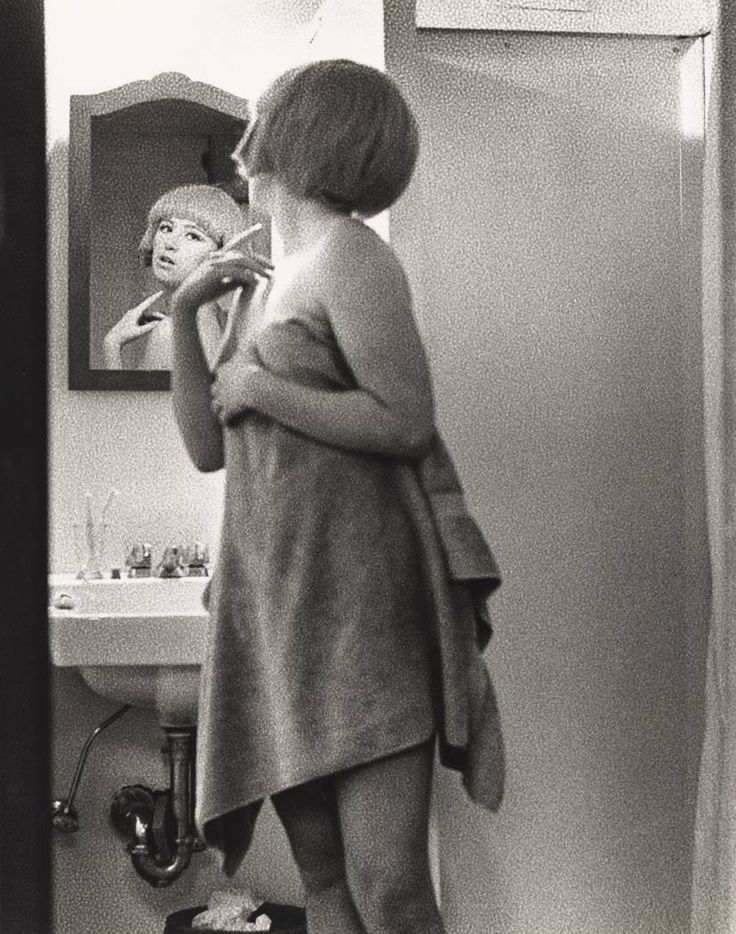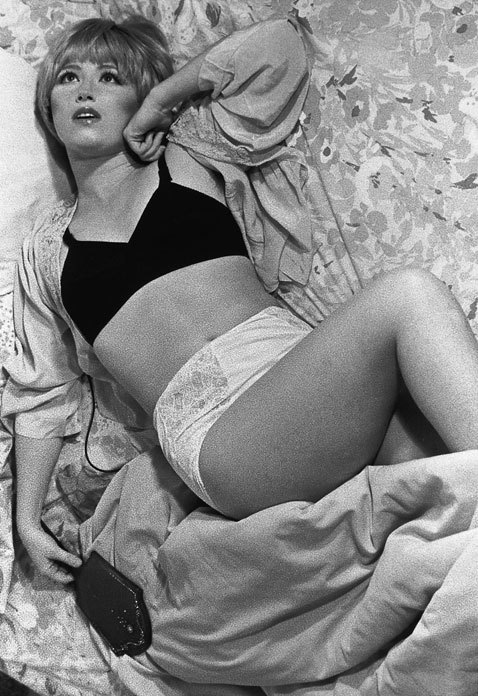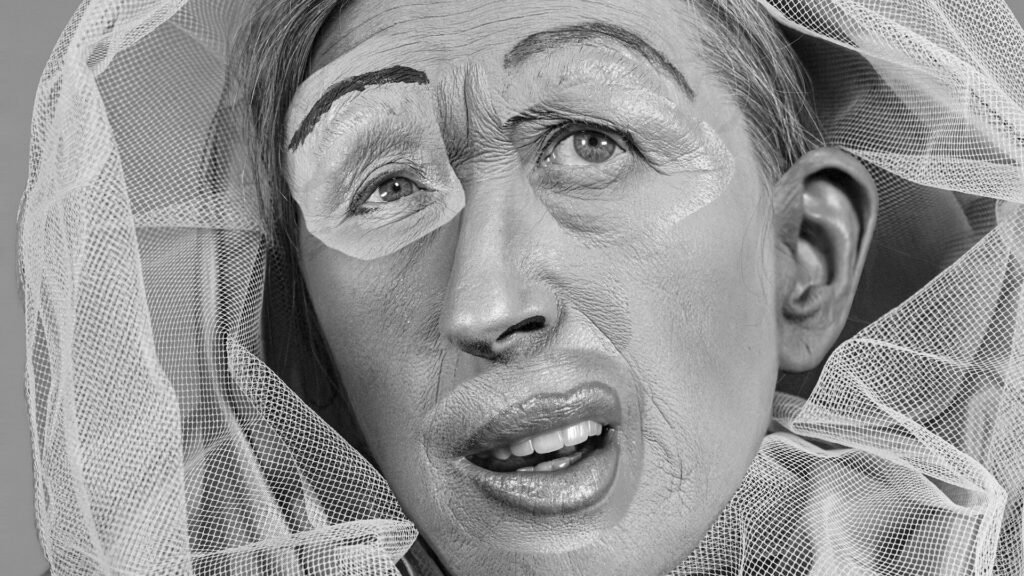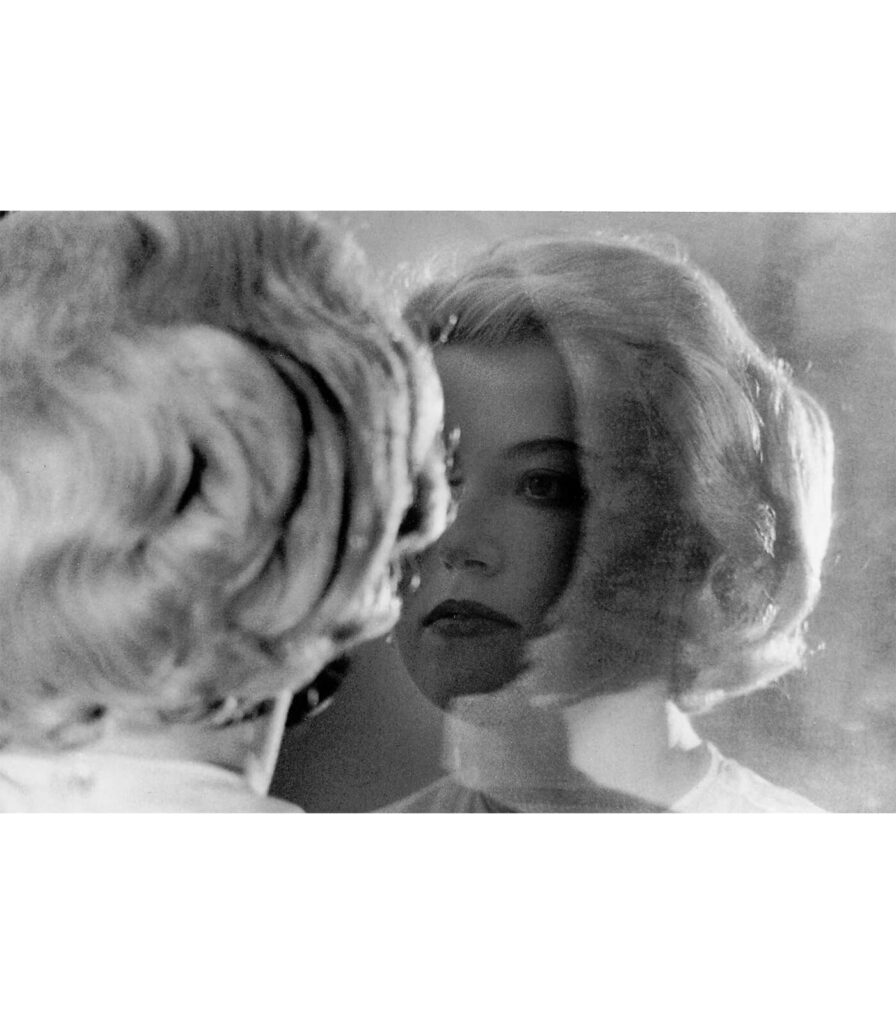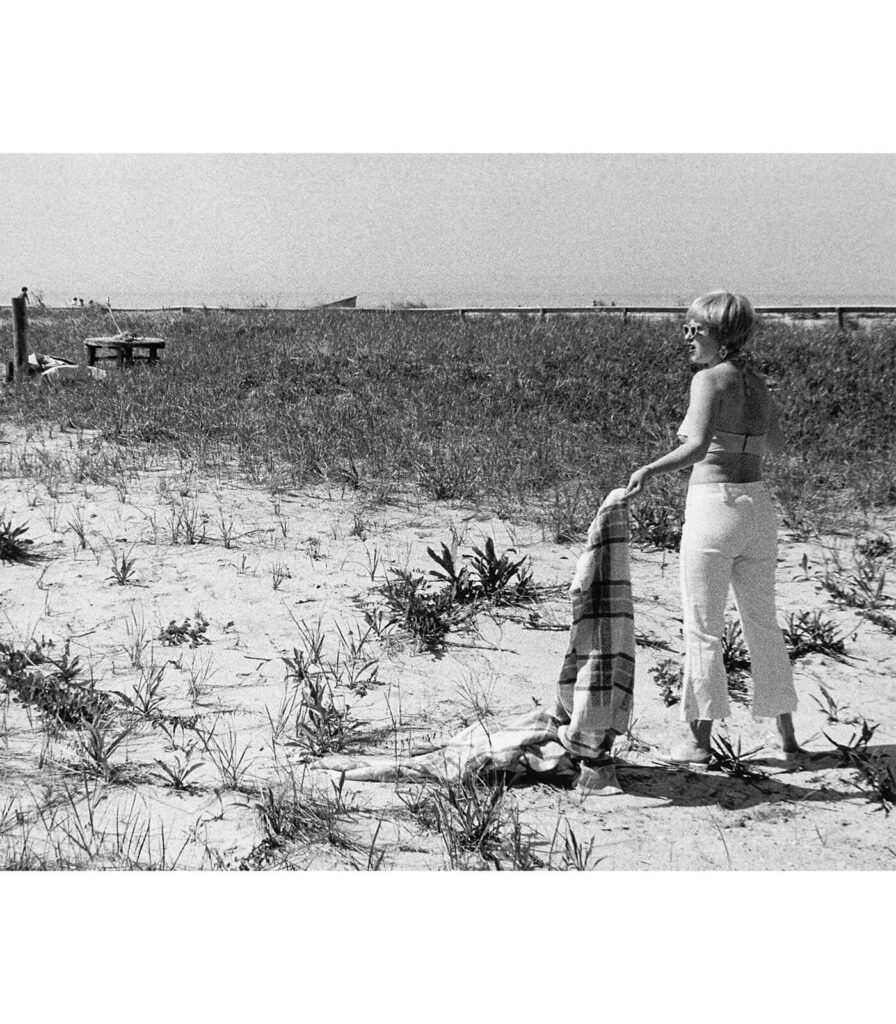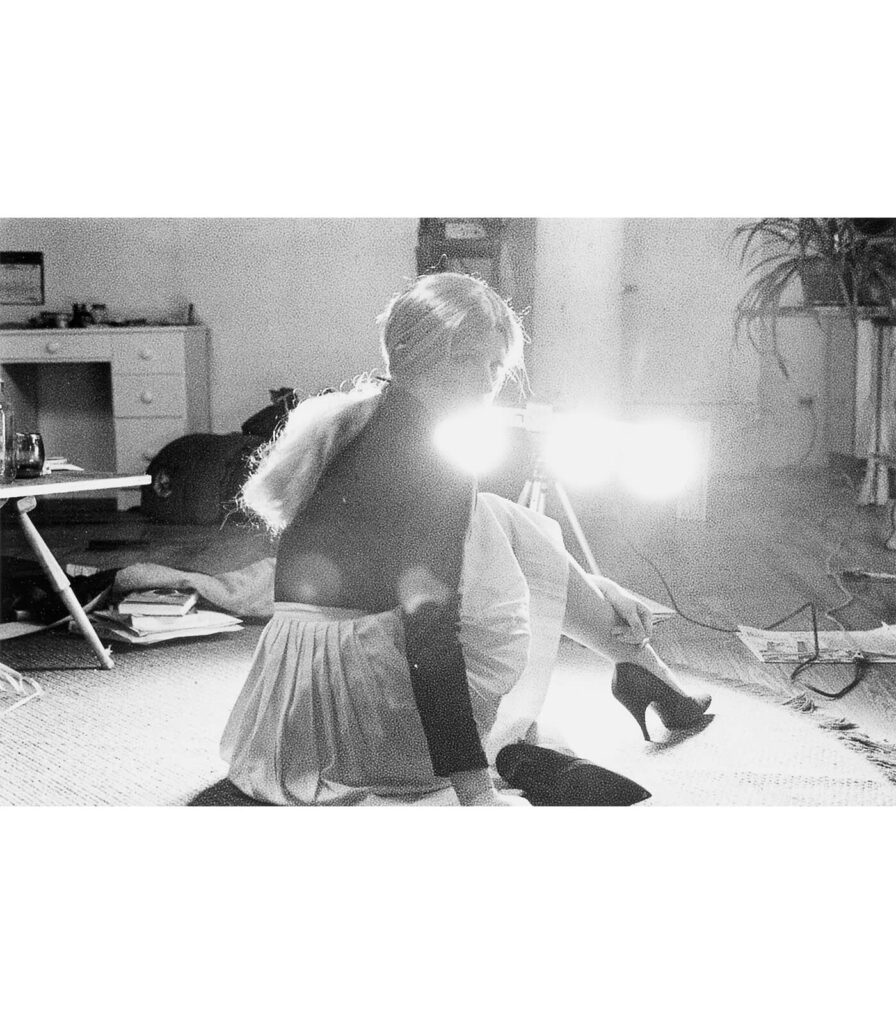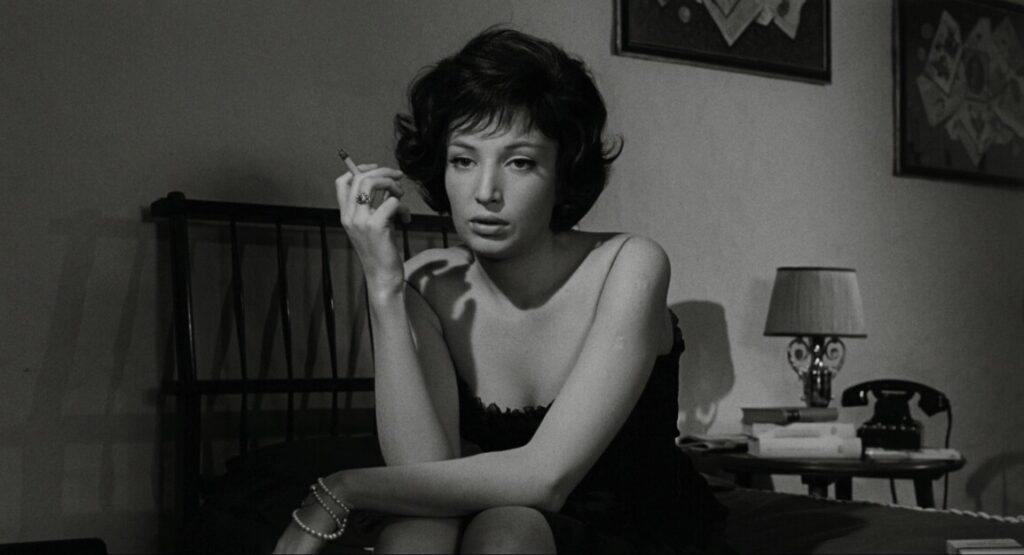My Ideas for Photoshoots
Idea 1
My first idea is to try and find old photos of both my mum and grandma when they were around my age and recreate them with myself as the subject to capture the generations of females within my family. I would also capture photos of myself and what it’s like as a female in my own generation. This may be quite hard to find some photos as when my Gran was around my age she may have not had as many photos taken, however, I can always go through the photos she has to see. I think this will be effective towards the theme of femininity as it shows the generations of females within my family.
Idea 2
Similar to my first idea, I am going to look at old photos and try to imitate them but, instead, capture female stereotypes throughout the generations, rather than just one person. This work will be inspired by Cindy Sherman. I will do this by, firstly, gathering lots of research then preparing many outfits and looks to recreate. I think this would be a good photoshoot because Cindy Sherman is very popular in photography for her images that relate to femininity.

Idea 3
My third idea is to capture the relationship between mother and daughter. This photoshoot will be inspired by Hannah Altman’s Project, ‘Indoor Voices’. I am going to do this by coming up with a variety of locations around the house, preferably where light shines through the windows, and my Mother and I will get into position whilst I have the camera on a tripod with a timer. I think this will be a great photoshoot as it really relates to femininity through mother-daughter relationships which are a key part of growing up to be a woman. With attention to detail, I also think that I could produce a group of powerful images.
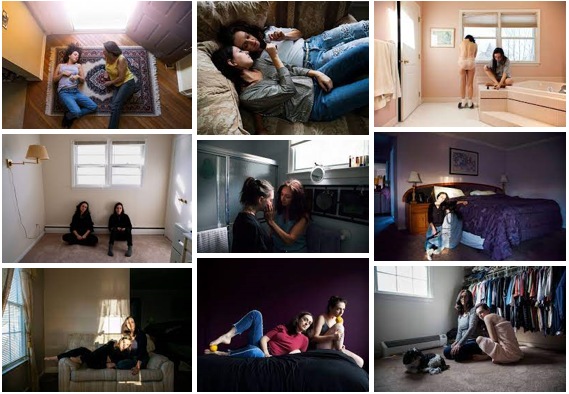
Idea 4
My fourth idea is to capture the similarities between me and my mother from when she was my age, although we don’t look much alike there will still be some resemblance. This photoshoot will be inspired by Ugne Henriko’s Project ‘Mother and Daughter’. I will do this by finding some old, printed photos of my mother and recreate them, almost like it’s a reflection. I think this will be effective because it will highlight the similarities and differences between us from when she was around my age.
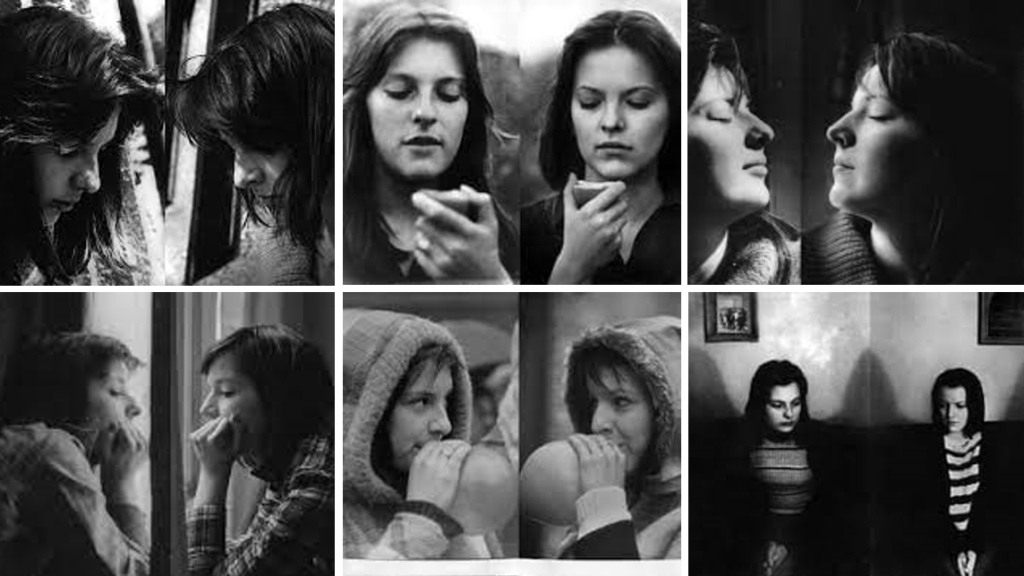
Idea 5
My fifth idea is a bit different from the others. For this photoshoot I will ask for one of my male friends or my Dad to dress up in various (stereotypically) women’s outfits. This will be inspired by Rebecca Jurgen’s series ‘Boys will be Girls’. I think it will be effective as I can’t imagine many of my peers would do this and it also is something different to each of my other ideas.

Idea 6

My final idea is to ask for some of my friends to come with me to a field or the woods so that I can get some photographs of us having fun and exploring. This will be inspired by Justine Kurland and relates to femininity as it explores female youth.
Photoshoot Plan
I have decided to go for idea number 3, which is to do a photo shoot capturing the relationship between my mother and I. We are going to position ourselves in many locations around the house and use a tripod to hold the camera with a timer. This photoshoot is inspired by Hannah Altman’s project ‘Indoor Voices’. I think that this is a really good idea for a photoshoot because having a woman role model to look up to is a very important aspect of growing up as a female. This would also relate to femininity due to females stereotypically being a mother figure and this photoshoot would display the relationship between a mother and their daughter. I am also going to do Idea number 6 and link both my photoshoots to female youth. For this idea, I will go to a field with my friends and get a variety of photographs of them doing different things. We may also go to an area with trees nearby so I can capture photographs of them climbing trees. This photoshoot will be inspired by Justine Kurland’s Girl Pictures which almost appears to go against the female stereotype with the fact that they are exploring and getting dirty as it’s more what you would expect boys to do. Overall, I think that these photoshoots could work together to create a final outcome as it shows some of the most important female relationships for a girl, with their Mother and with their friends. Additionally, they also both display female adolescence, the stage when a girl is old enough to go out exploring with her friends whilst also having a close and more understanding relationship with her Mum.
Hannah Altman
Hannah Altman is an American photographer from New Jersey, known for her use of natural light and incorporating Jewish aspects into her work. She was born on the 1st of May 1995 and is Jewish. At the age of 19, whilst studying at Point Park University, Hannah Altman started her first project, ‘Indoor Voices’. Altman started this project in 2015, still adding to it now, and it is based around intergenerational womanhood, matrilineal responsibility and the symbol of quiet intimacy. By looking at the images in this series, you can see that they all consist of a mother and daughter and display their relationship through everyday life and struggles.

To plan out this photoshoot, I have taken photos of the places around the house that I have in mind for each image and drawn stickmen in the place of me and my Mum. This is to make it easier to visualize how the final outcomes will be and make it easier for myself to remember when taking the photos.
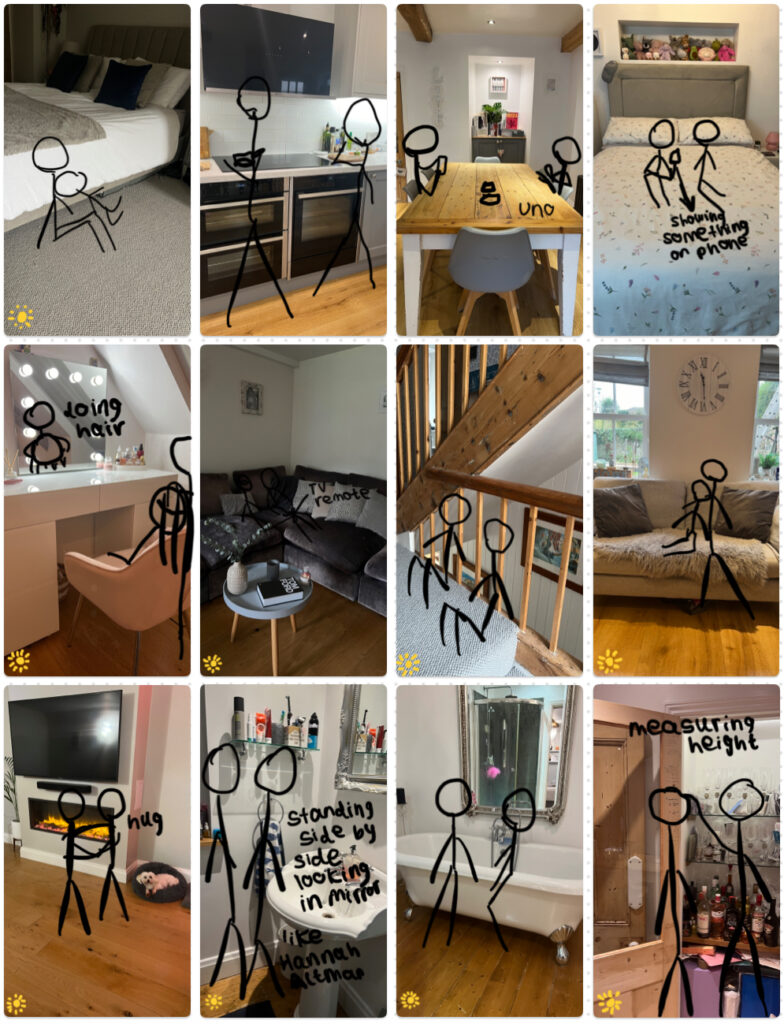
Justine Kurland
Justine Kurland, born in 1969 in New York, is a fine art photographer. In 1996, she earned her Bachelor of Fine Arts degree from the School of Visual Arts then went on to study at Yale University for her Master of Fine Arts. Between 1997 and 2002, Justine Kurland travelled along the road in the American Wilderness and captured photographs of teenage girls. She stated “I staged the girls as a standing army of teenaged runaways in resistance to patriarchal ideals”. She portrayed the girls as fearless, fierce and free and made them appear to explore, swim and socialise, without paying attention to the camera. I personally really like this photoshoot as it looks like it would be fun to create and, when looking at the photos, makes me feel calm and free.

I am planning on doing this photoshoot in the field next to my Friend’s house and possibly even in a woodland or area of trees nearby. I am going to ask for my friends to do various things such as running in the field, sitting down talking, climbing trees and more. There is also a tyre in the field and a rope swing nearby so I may try and use them in my photoshoot.

